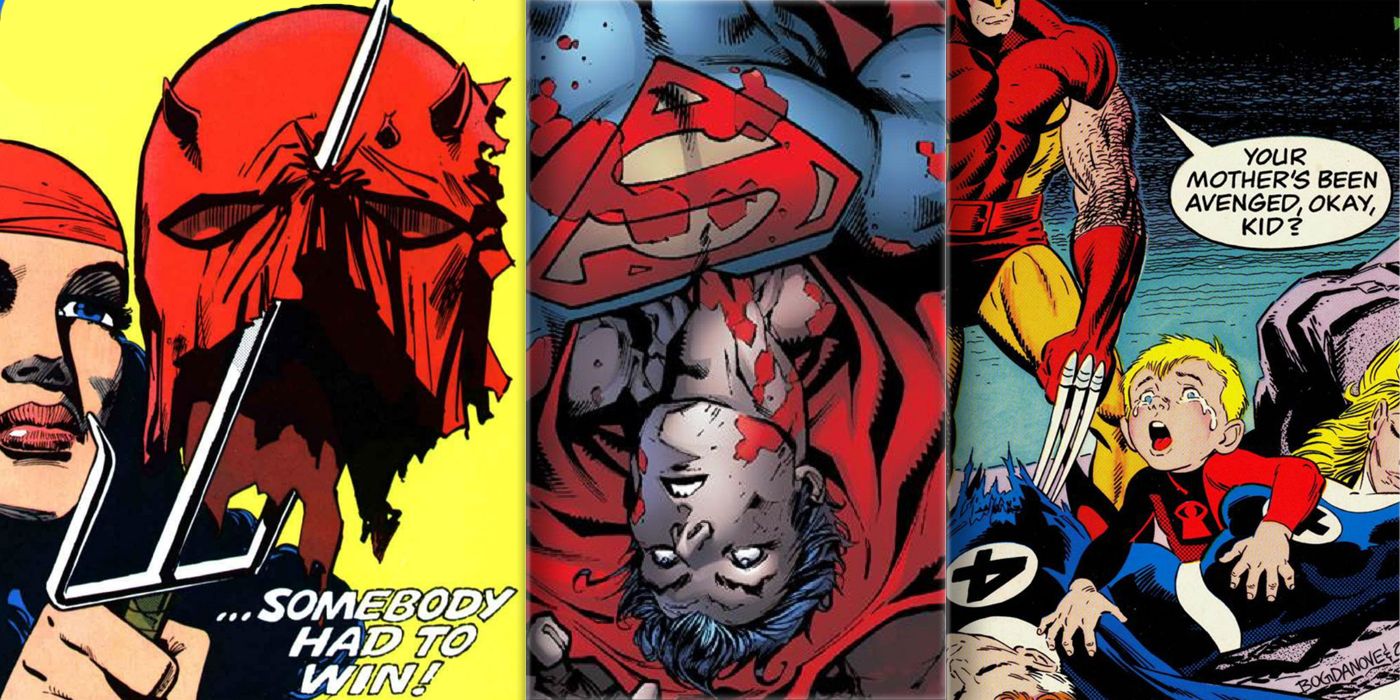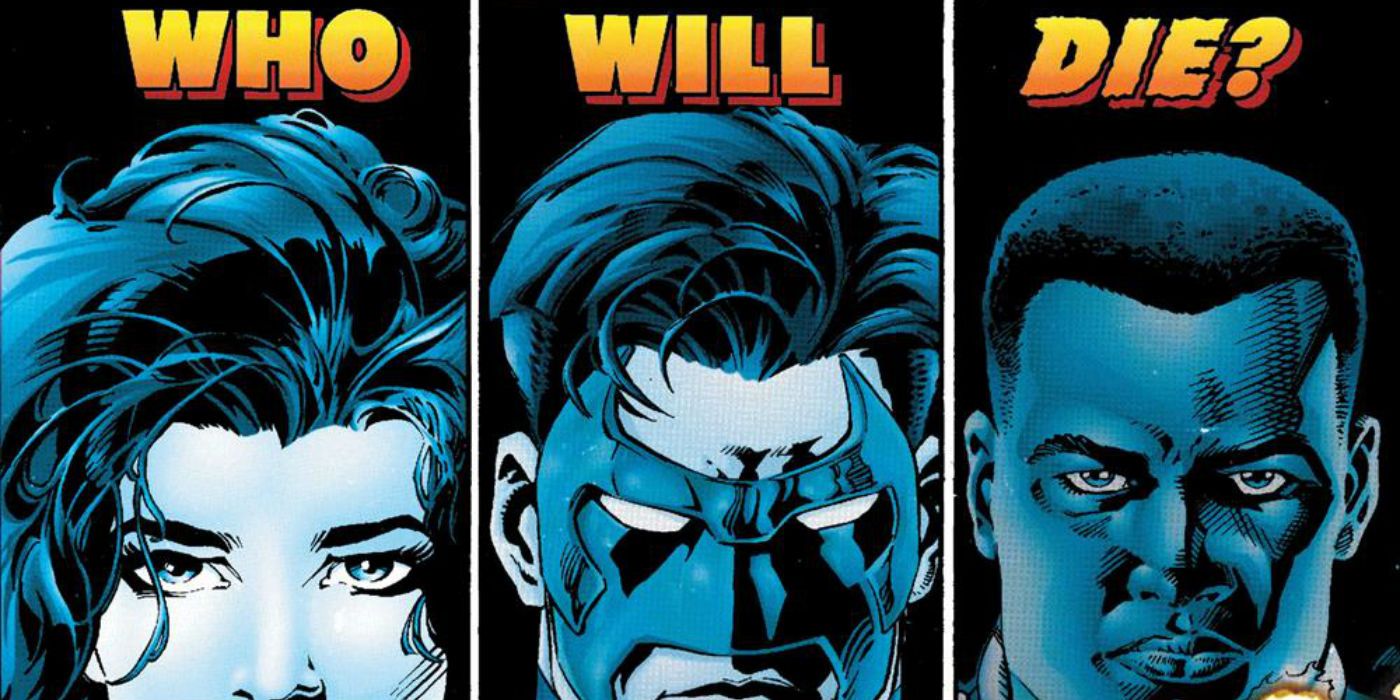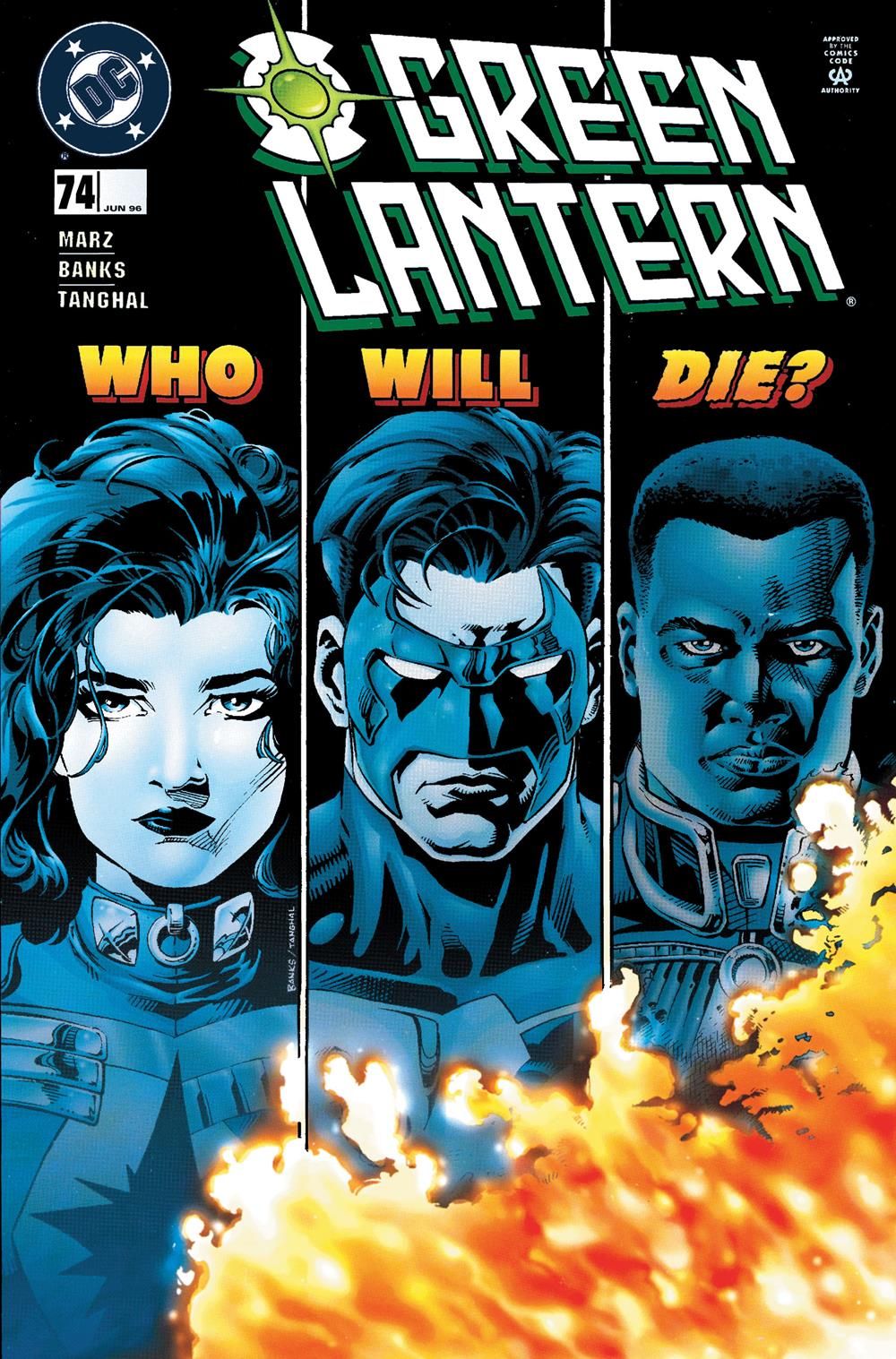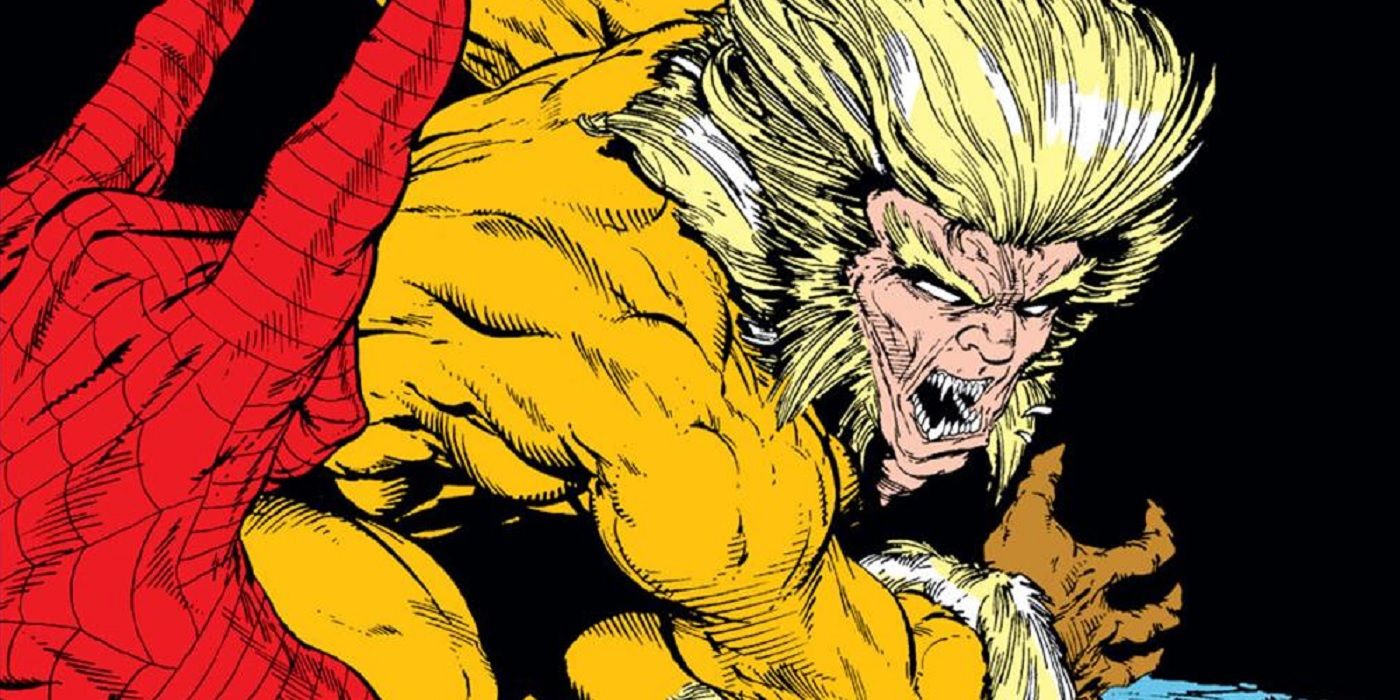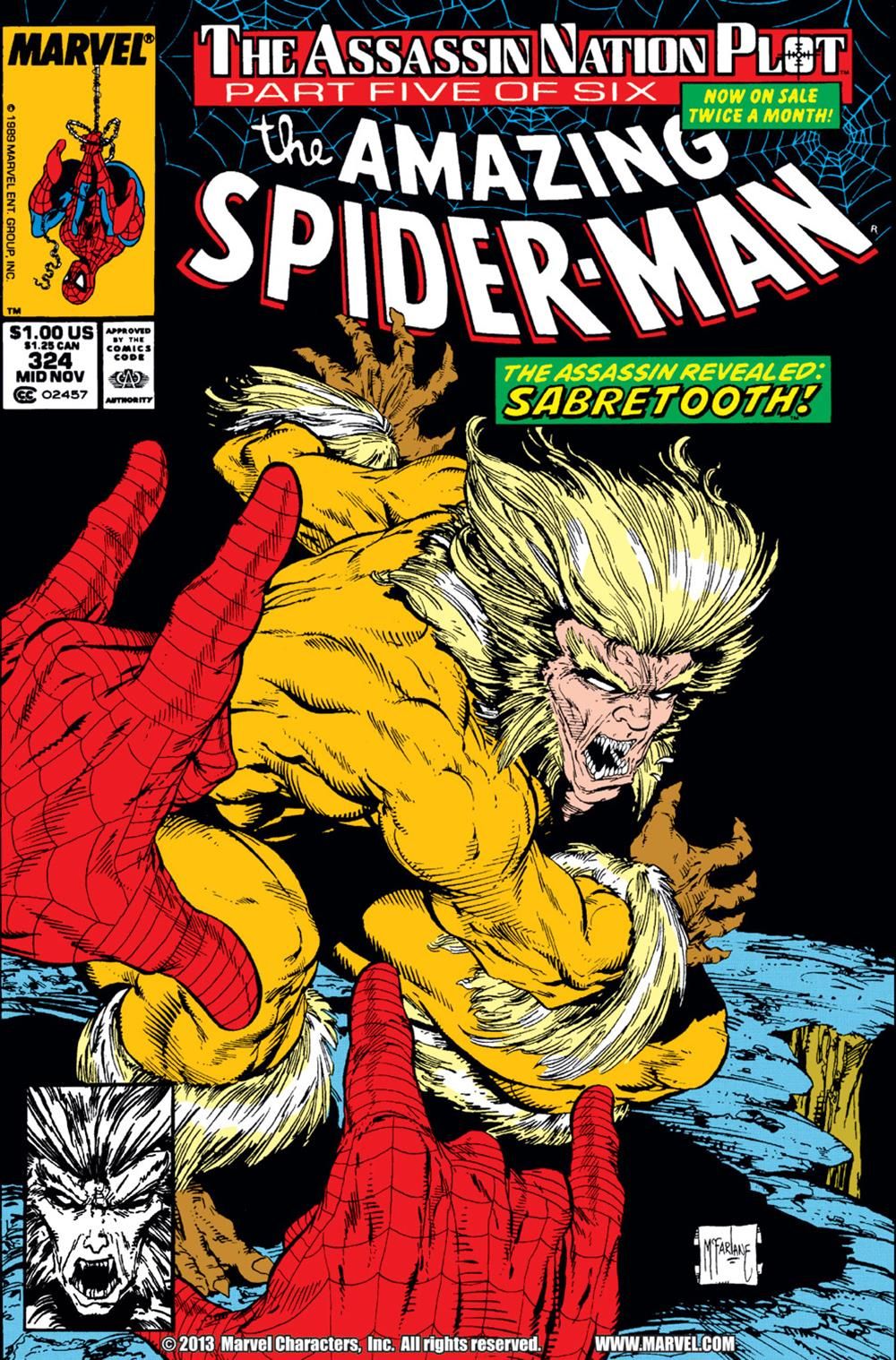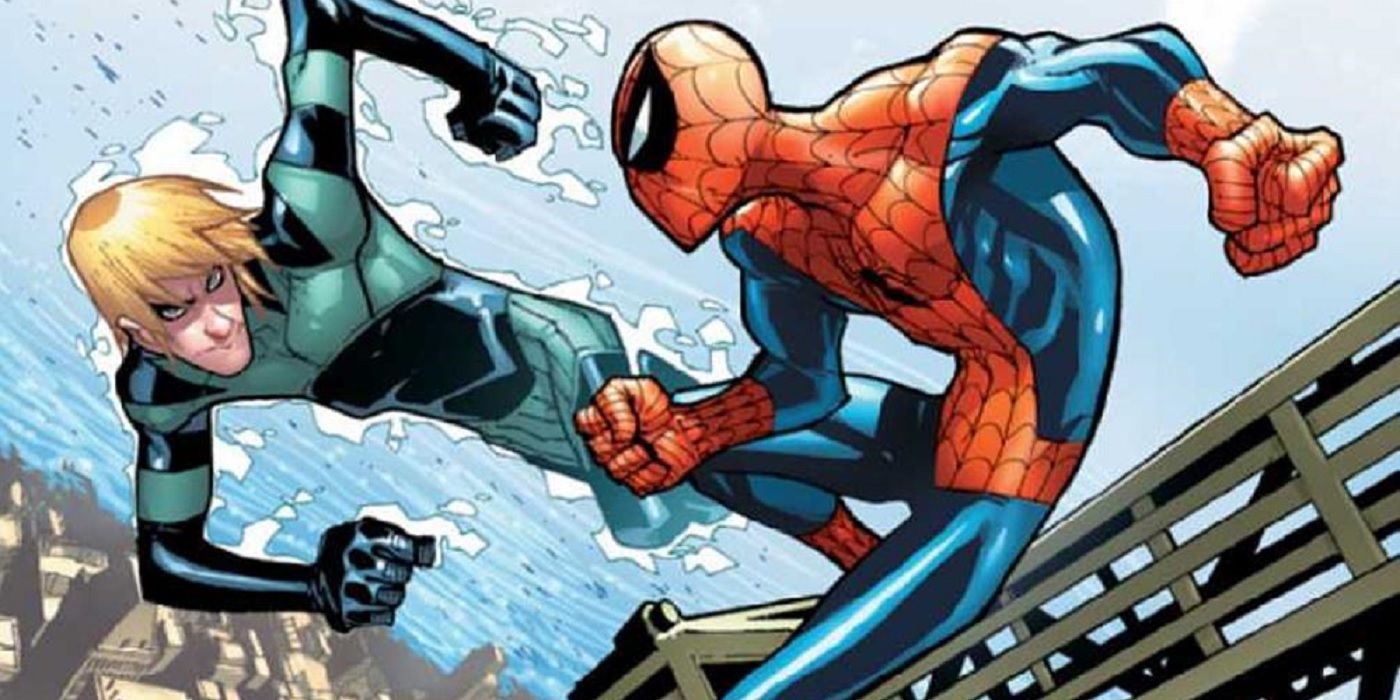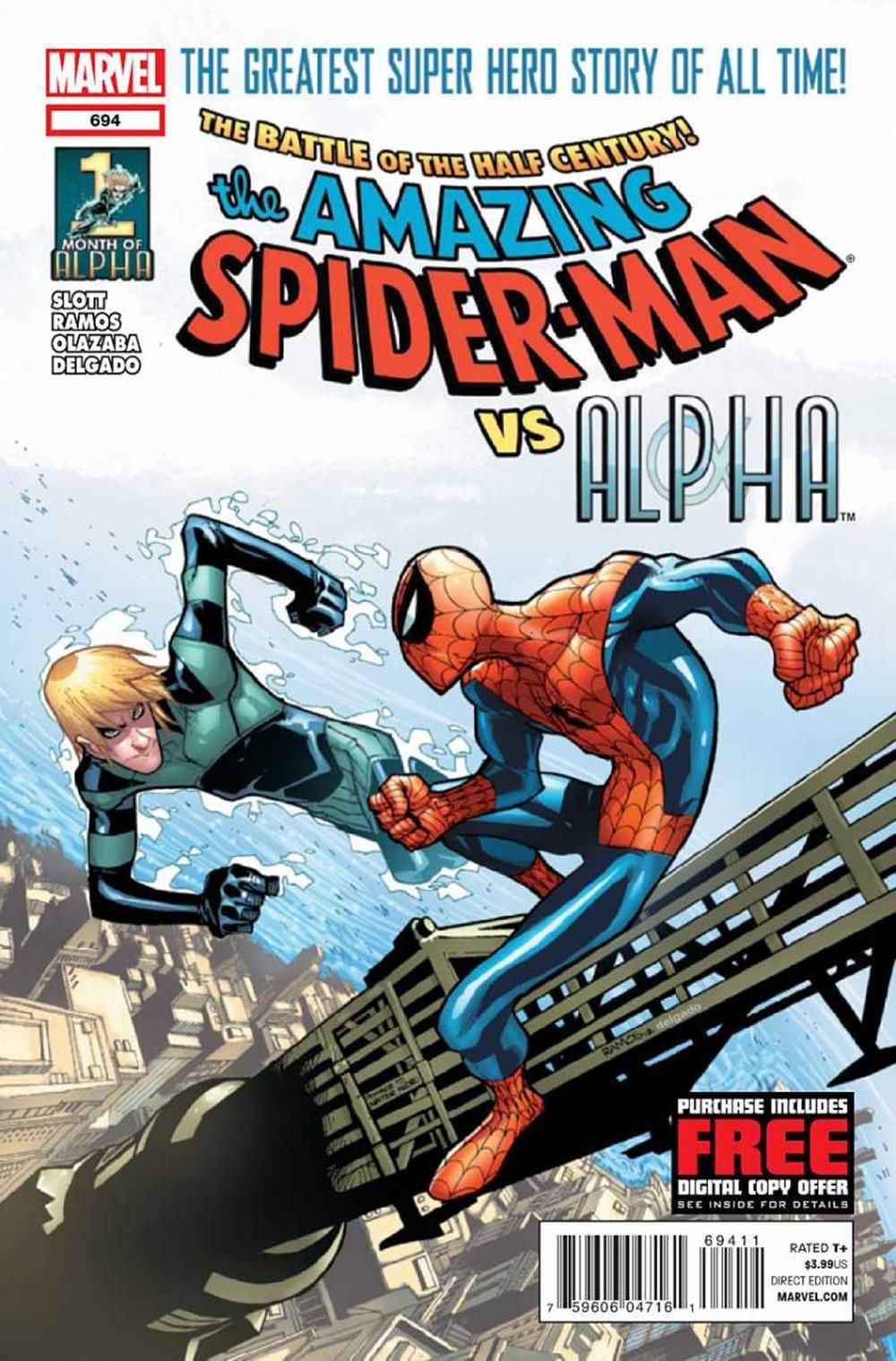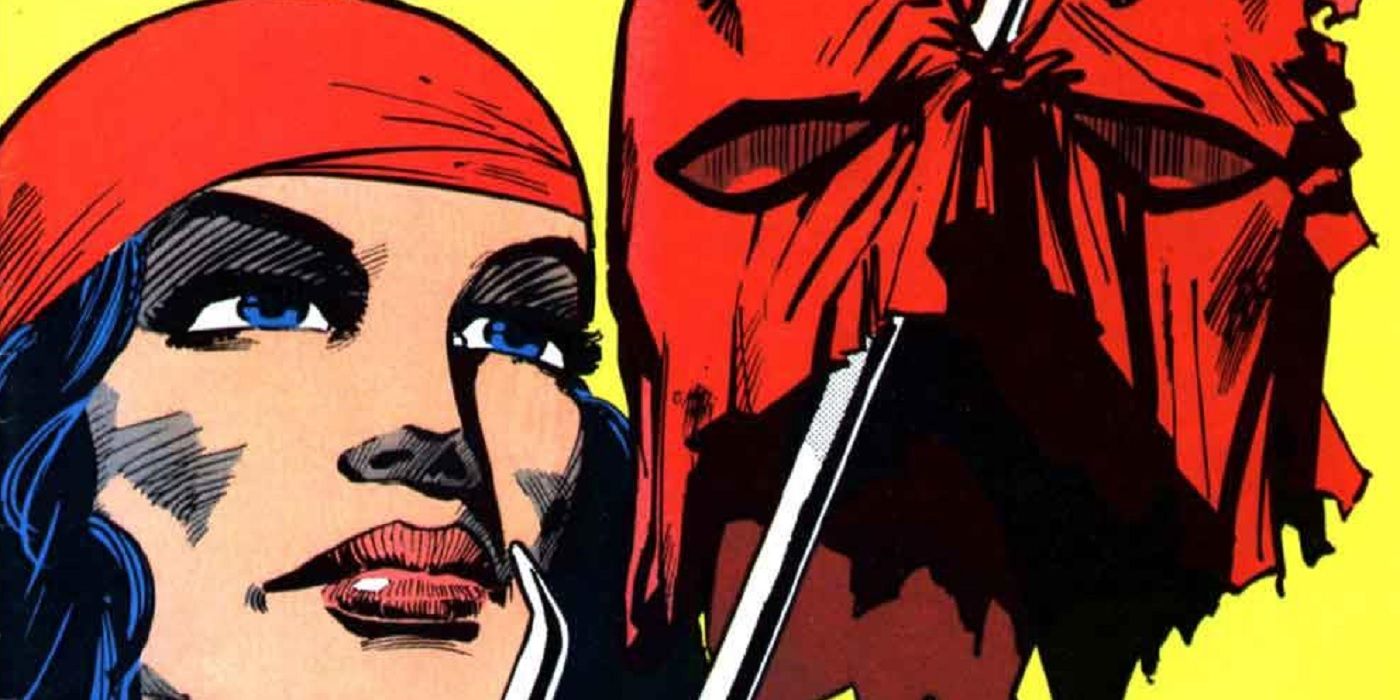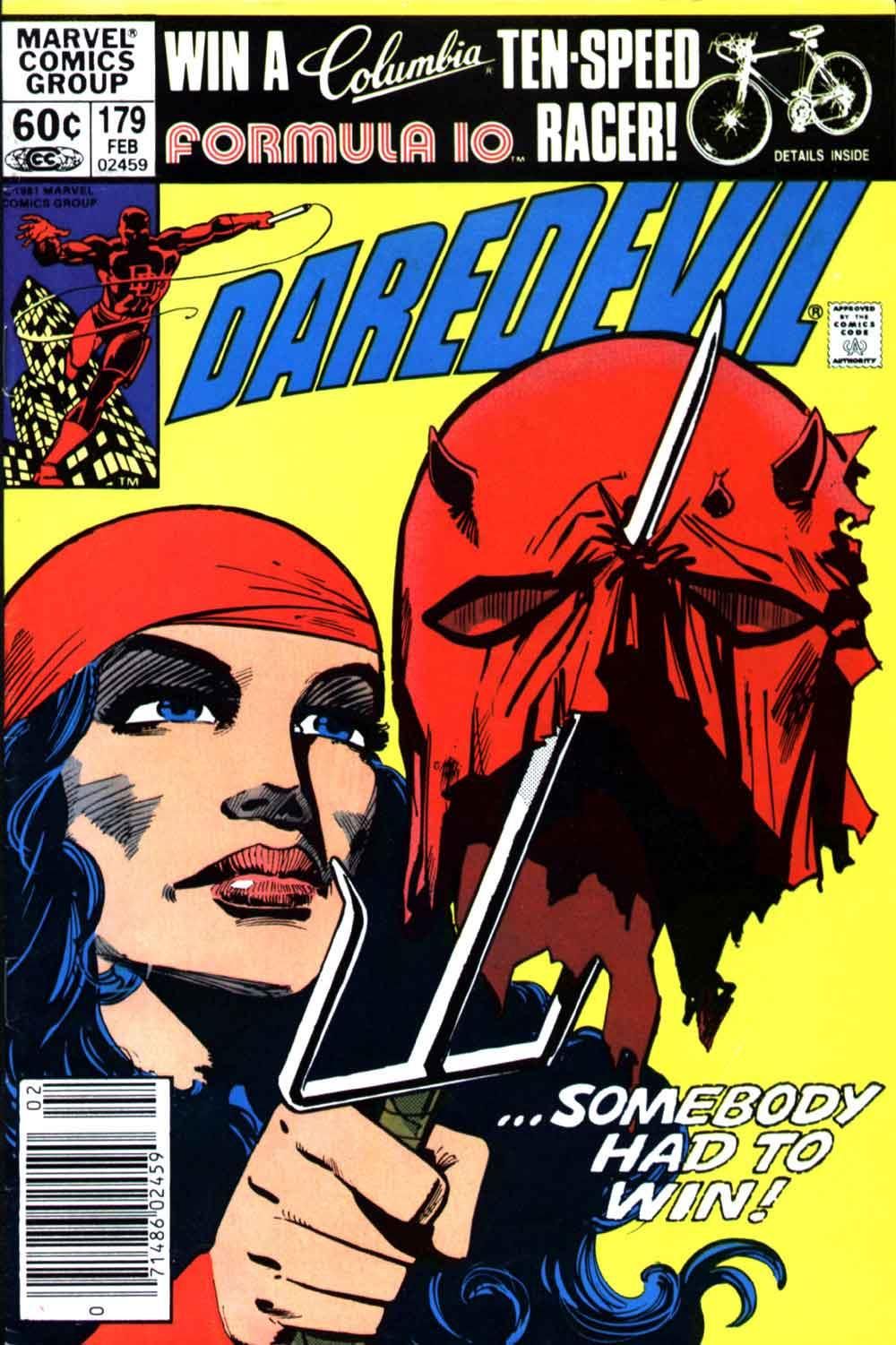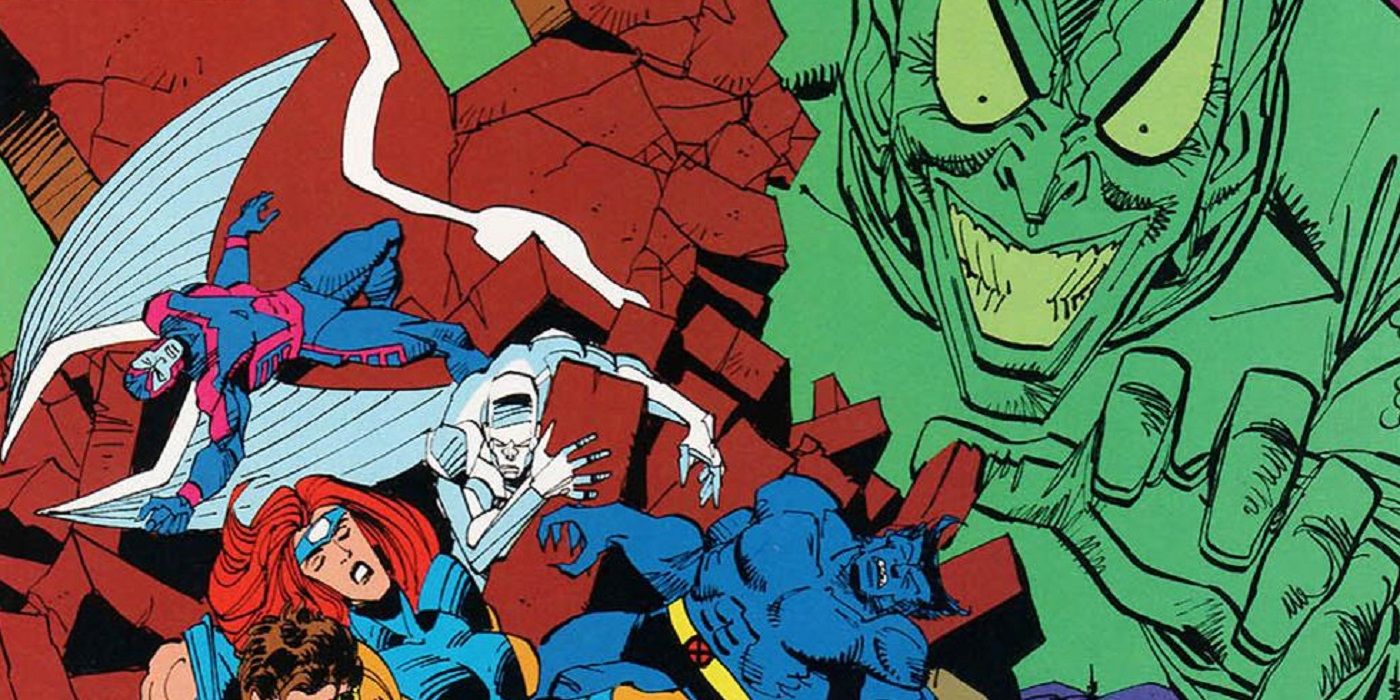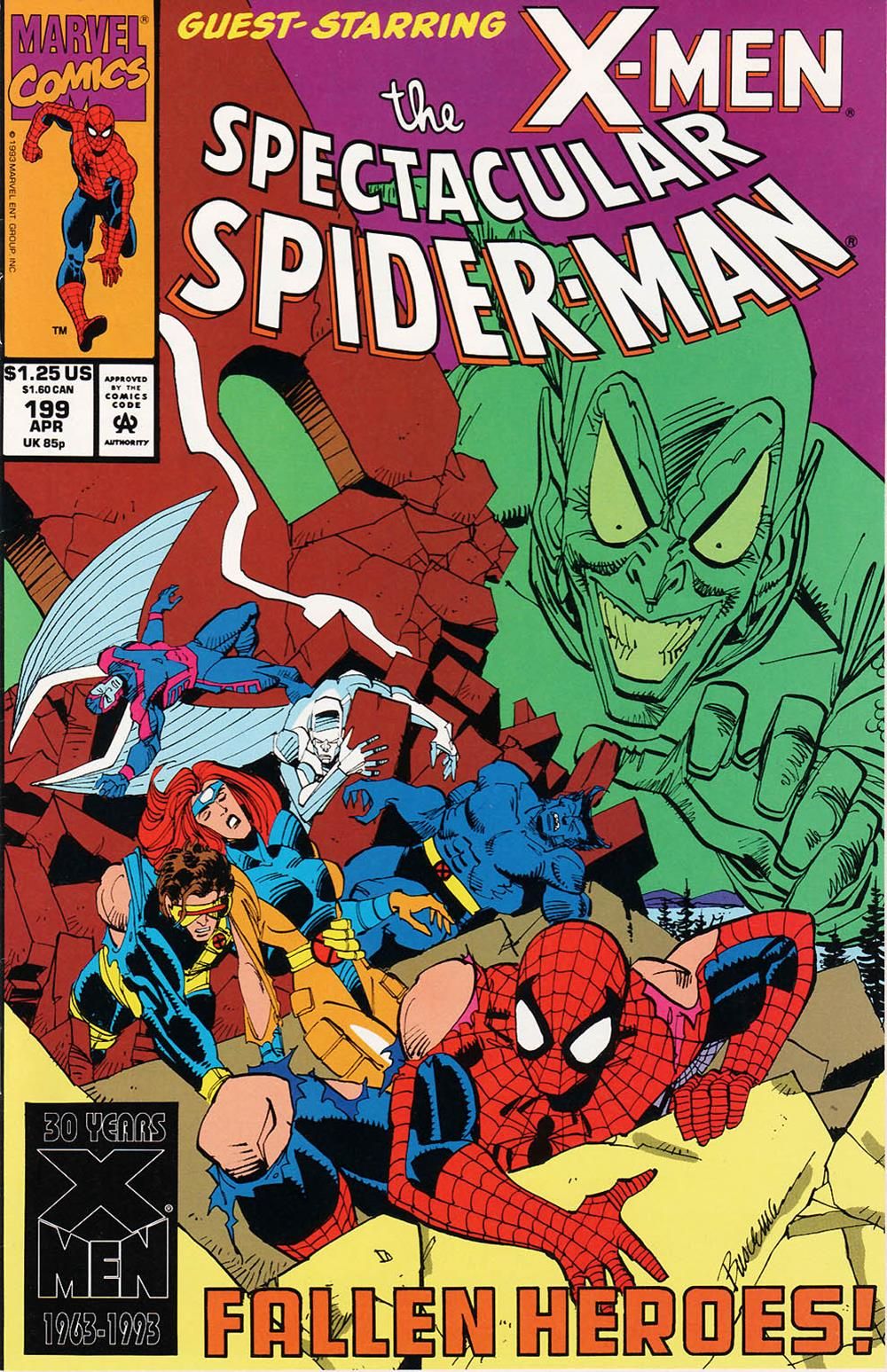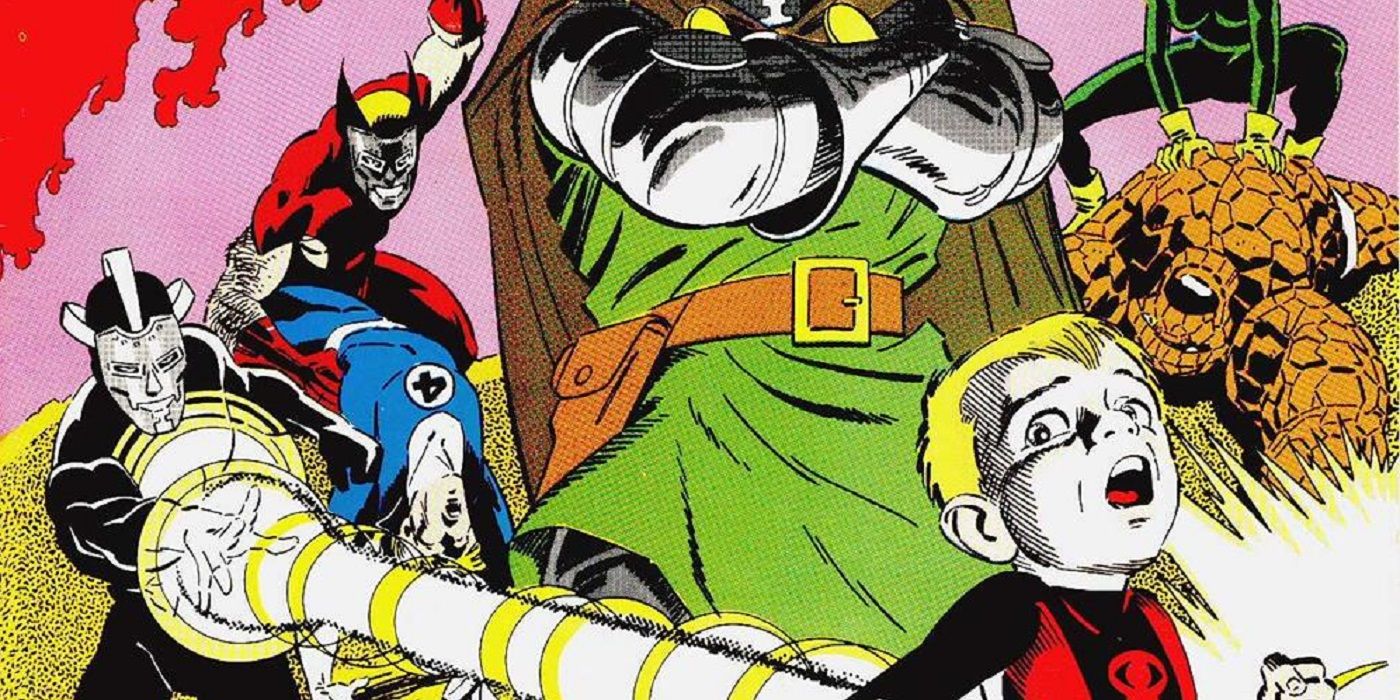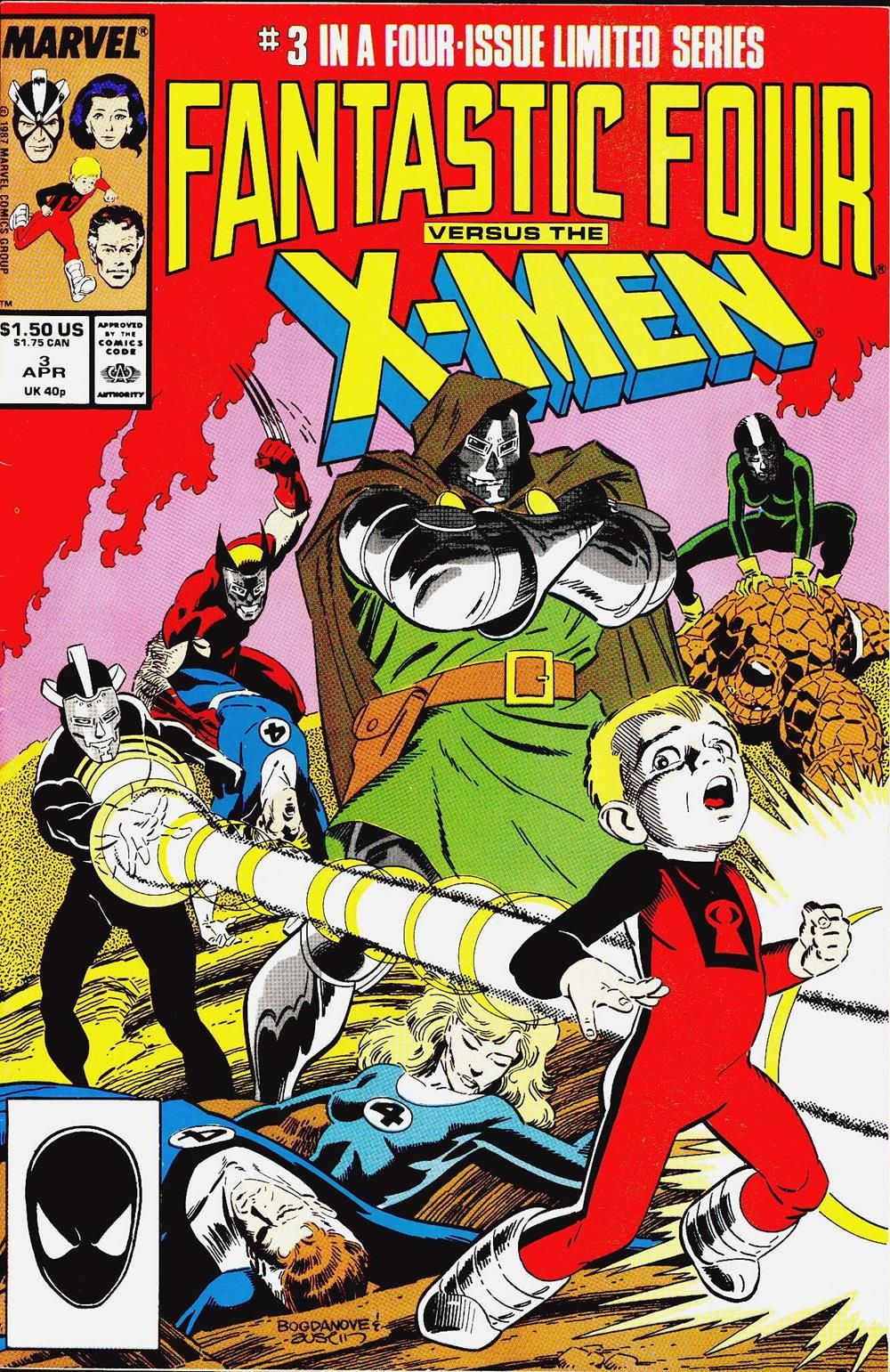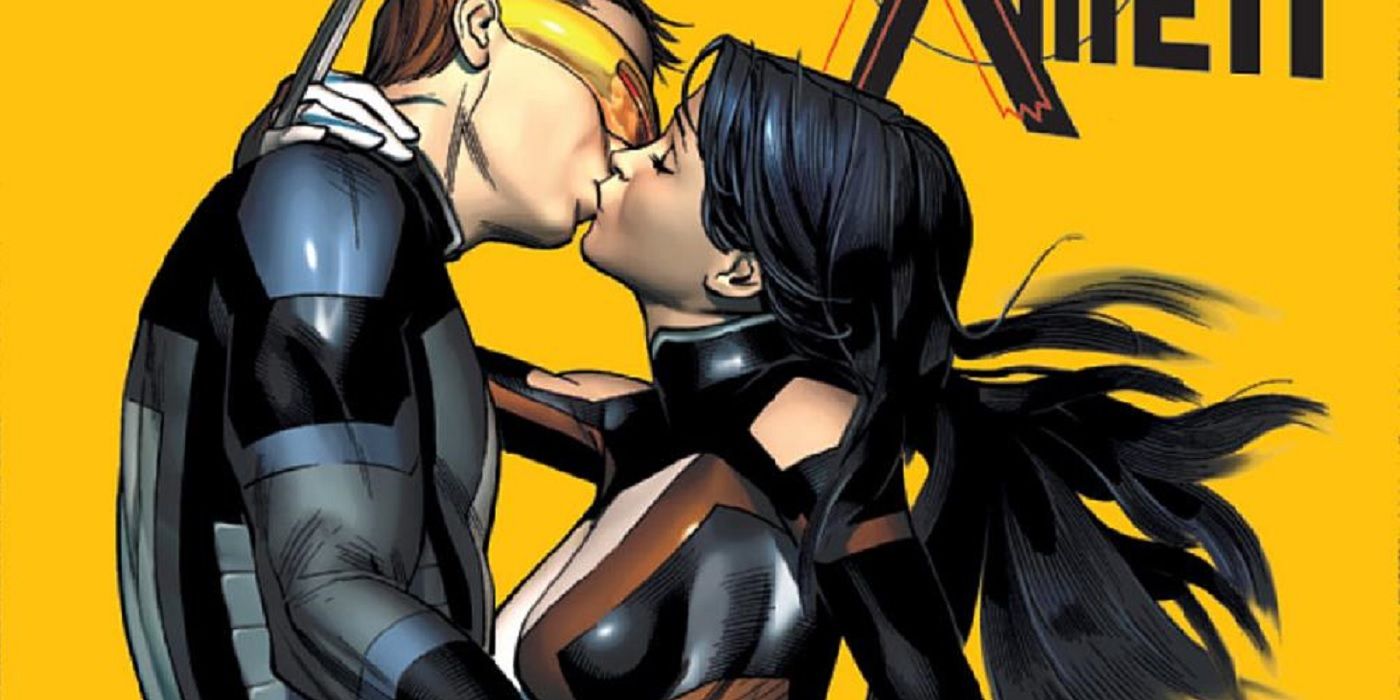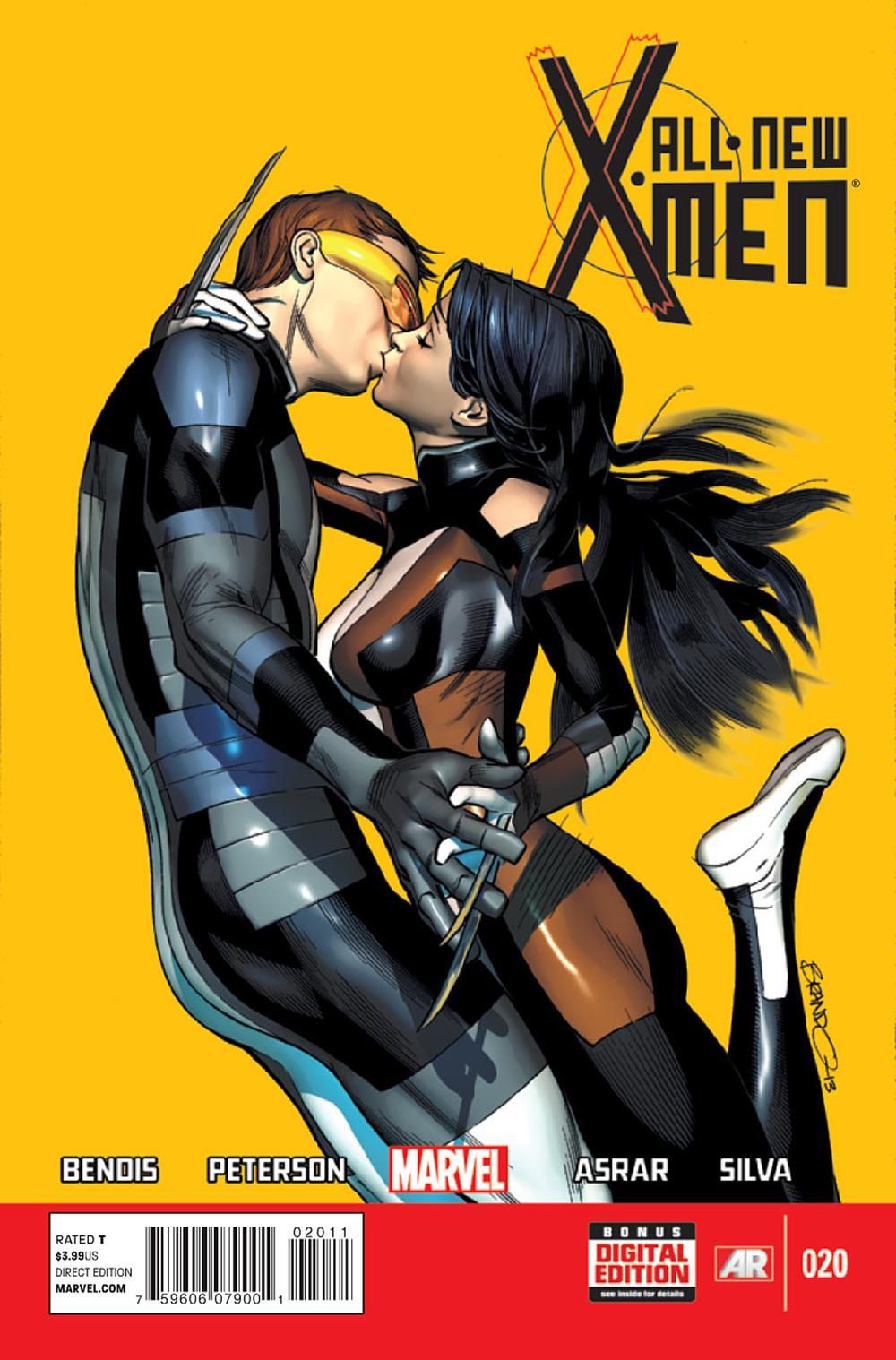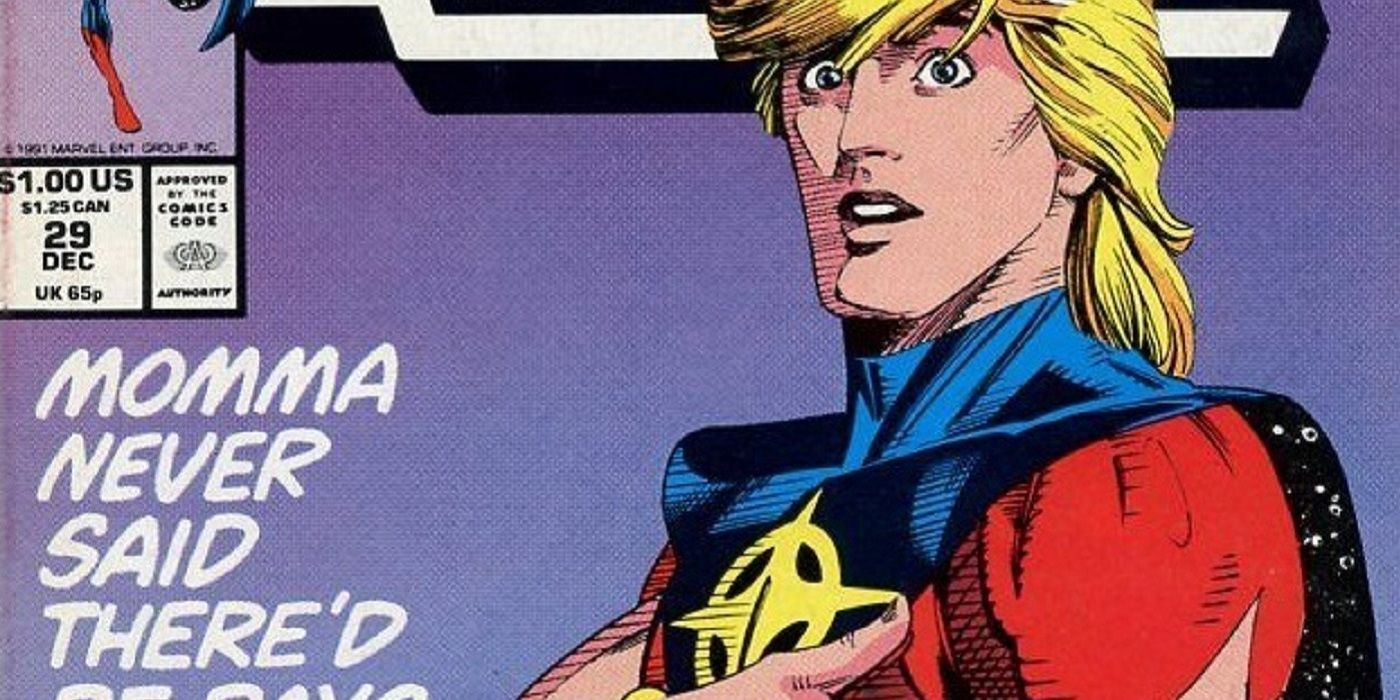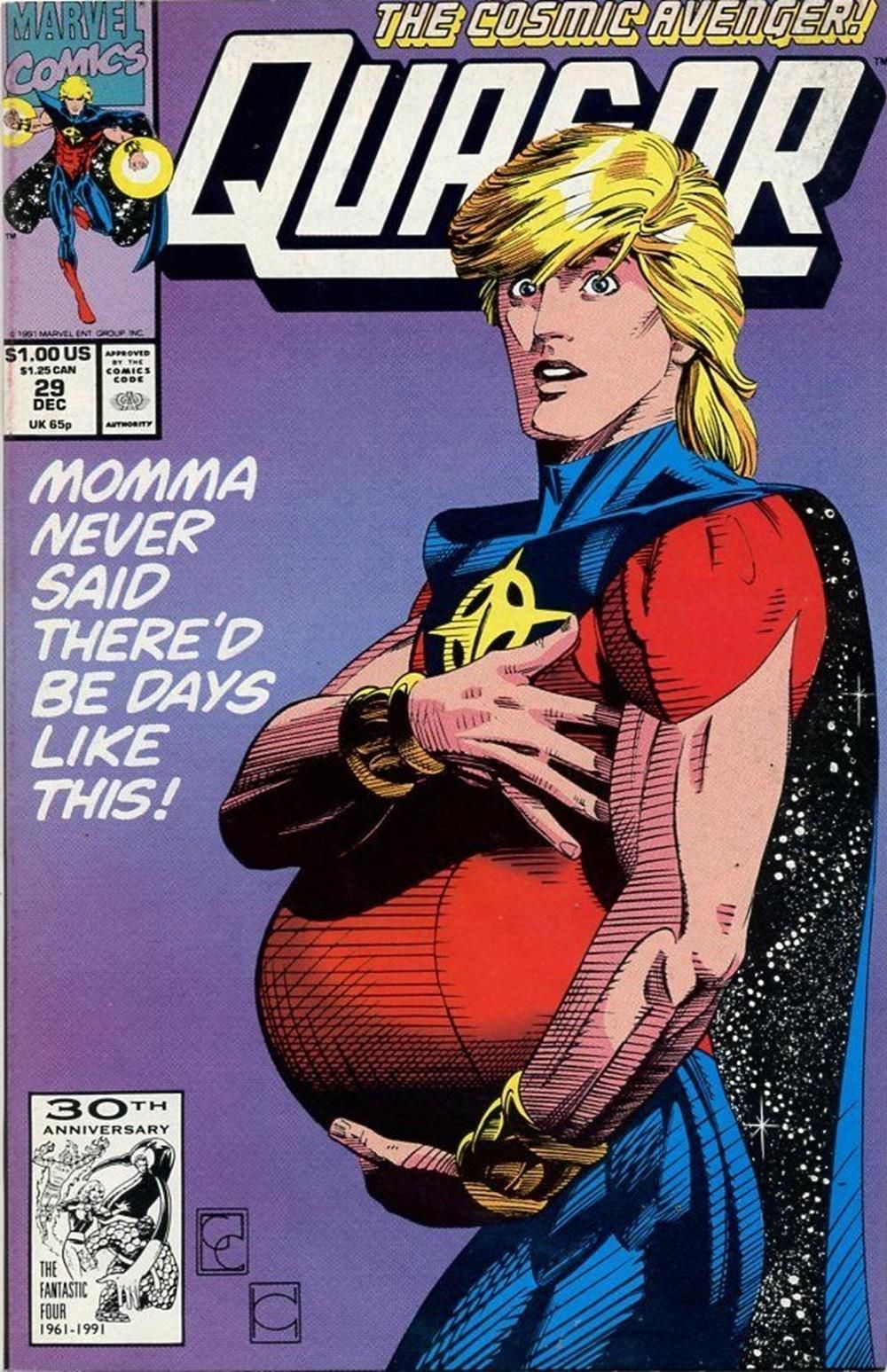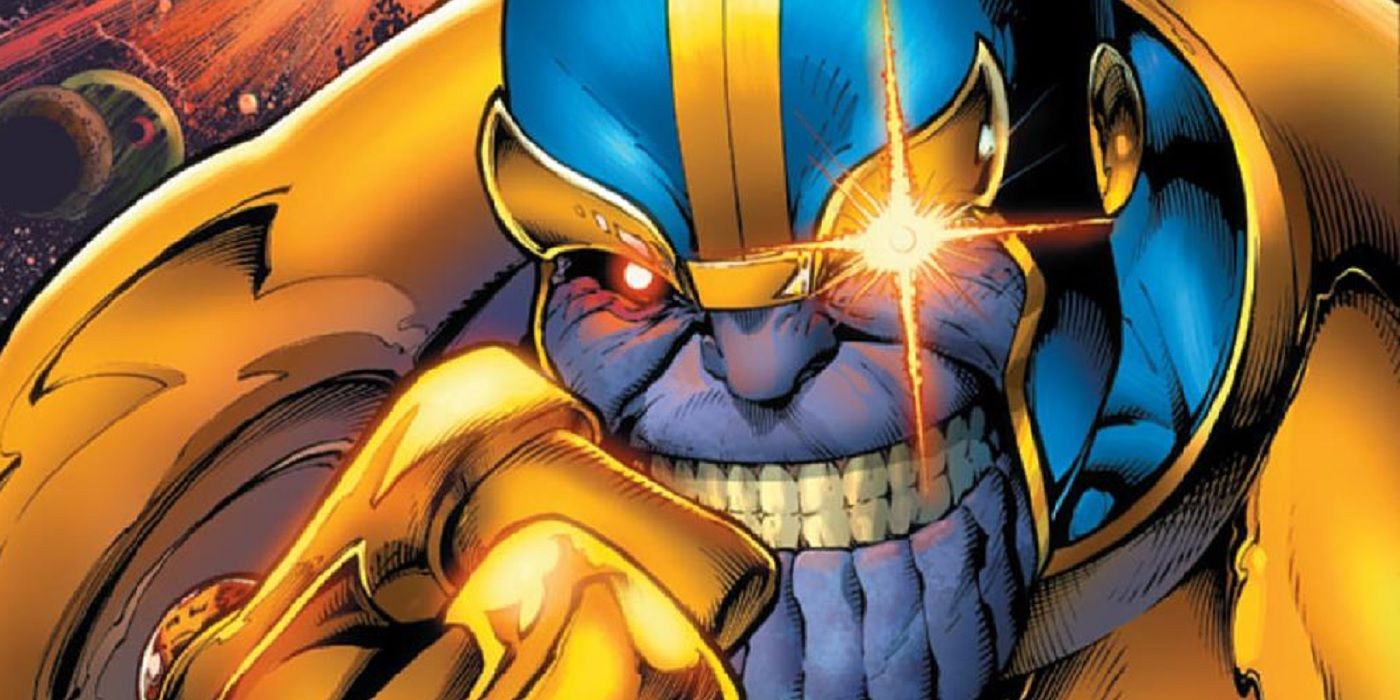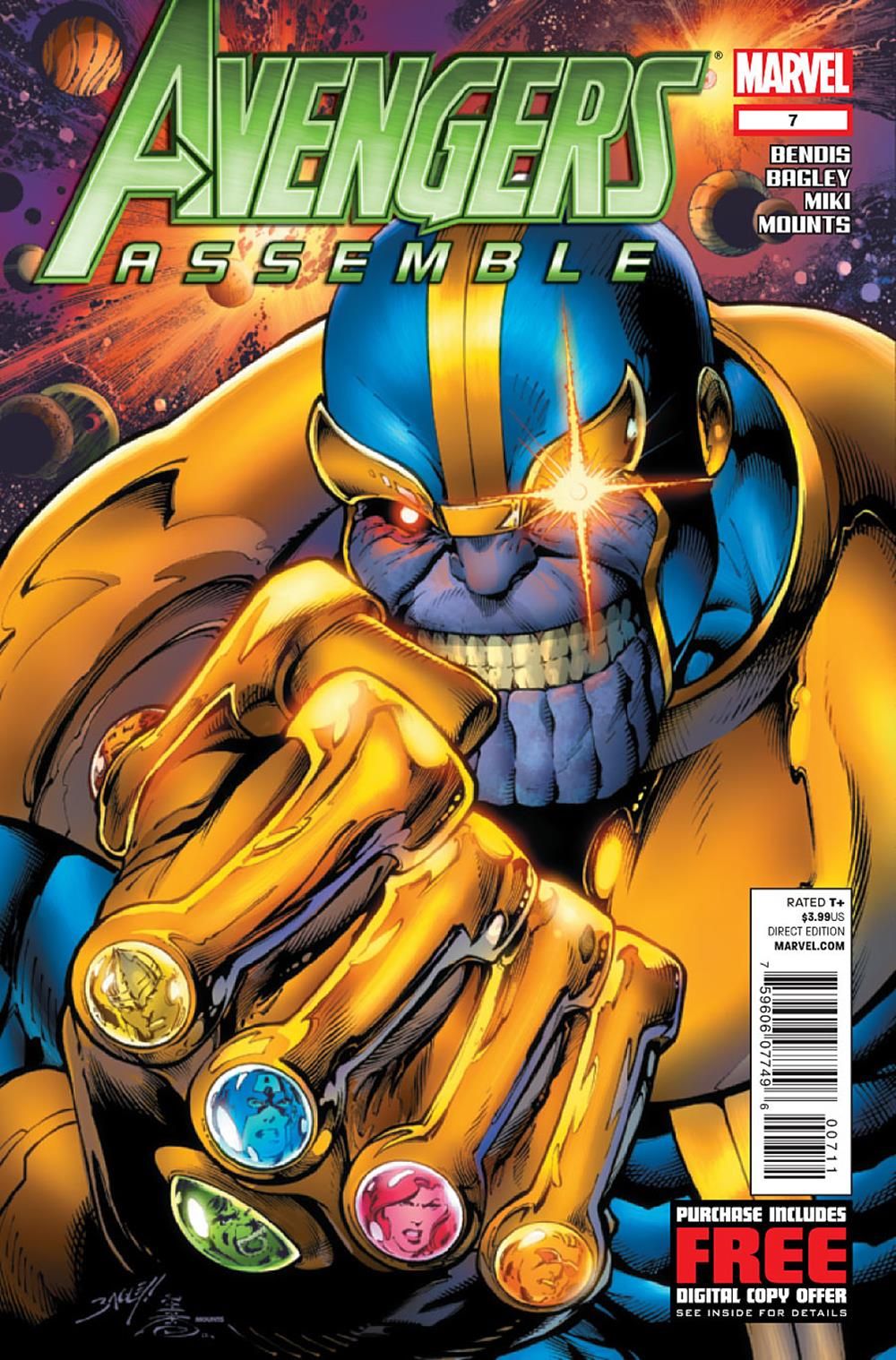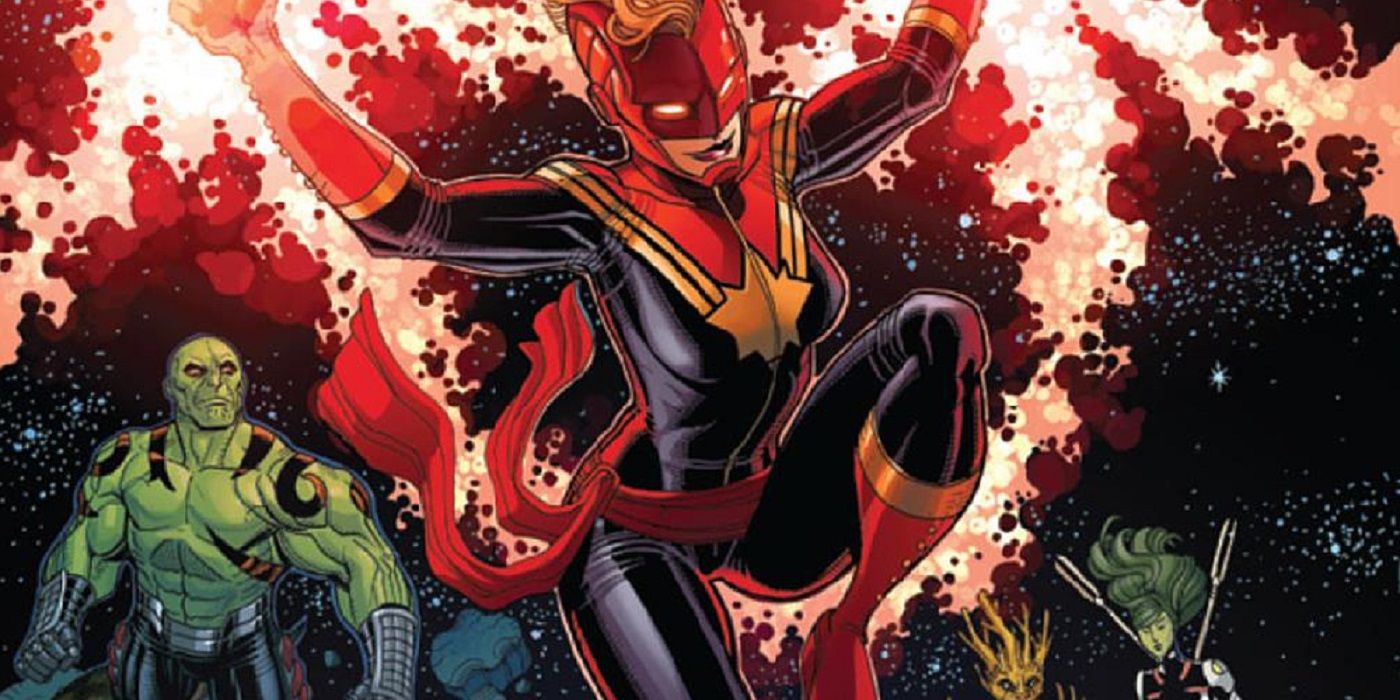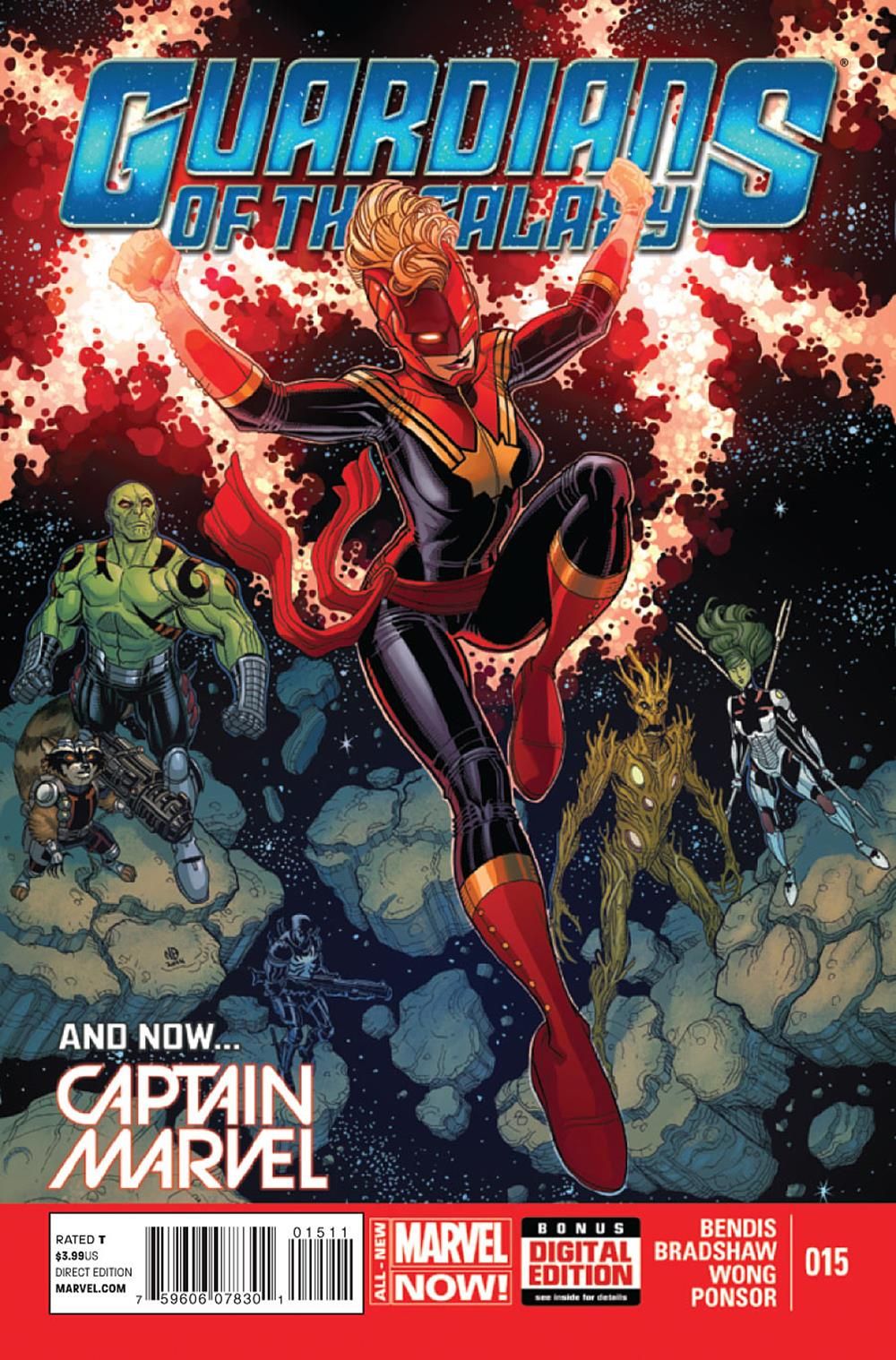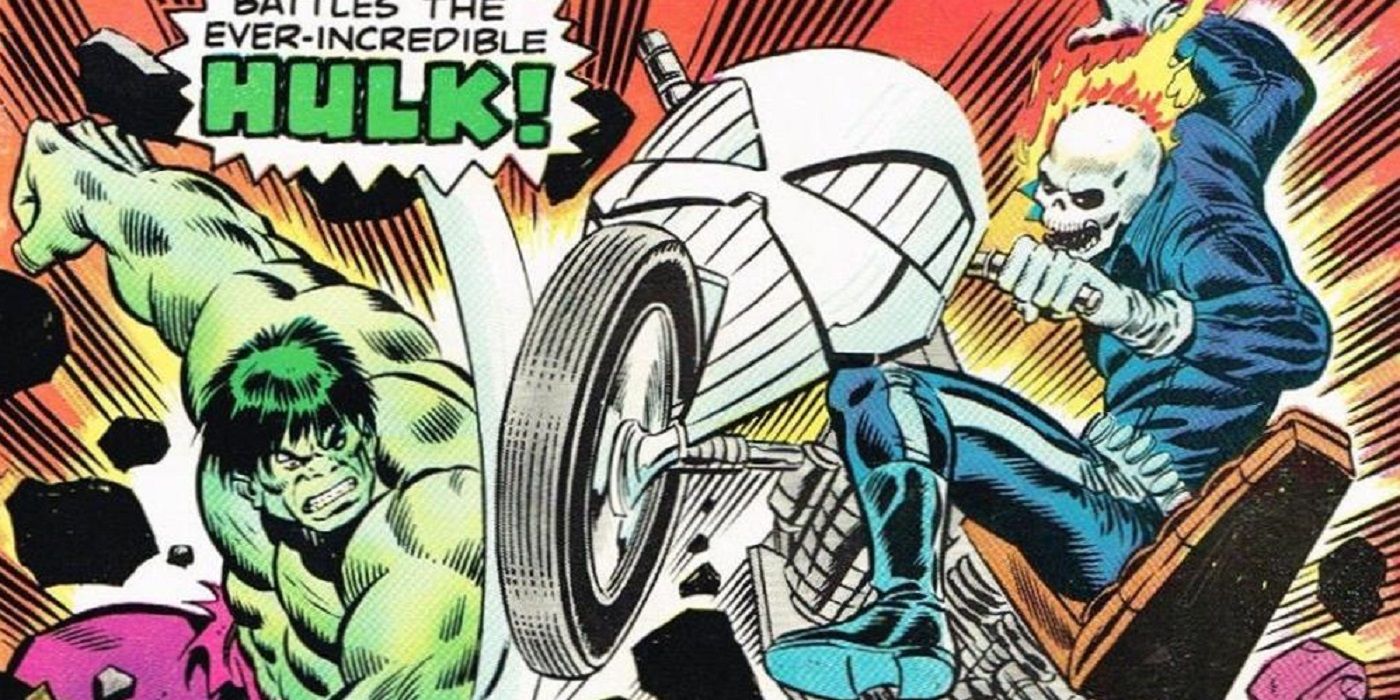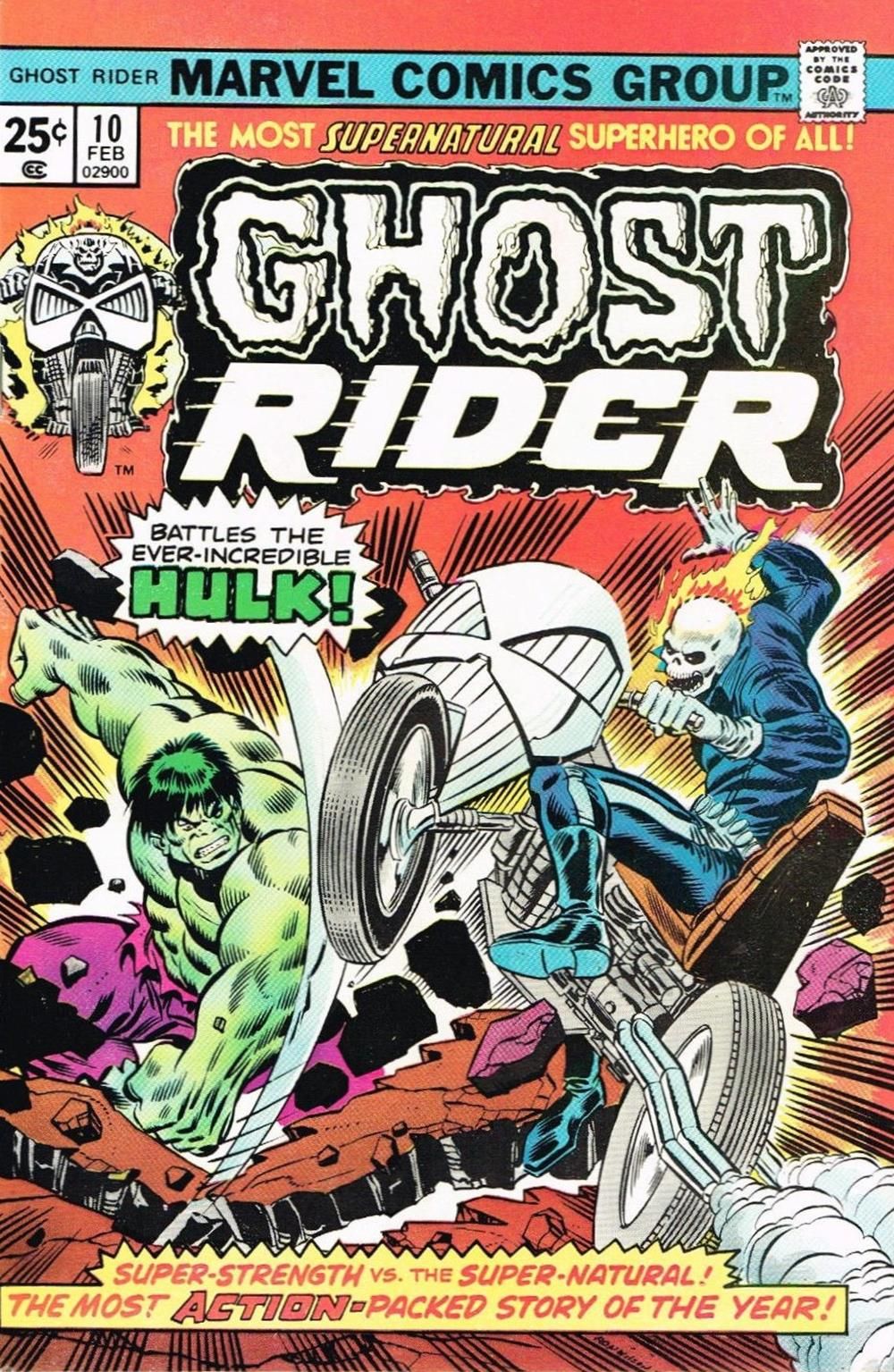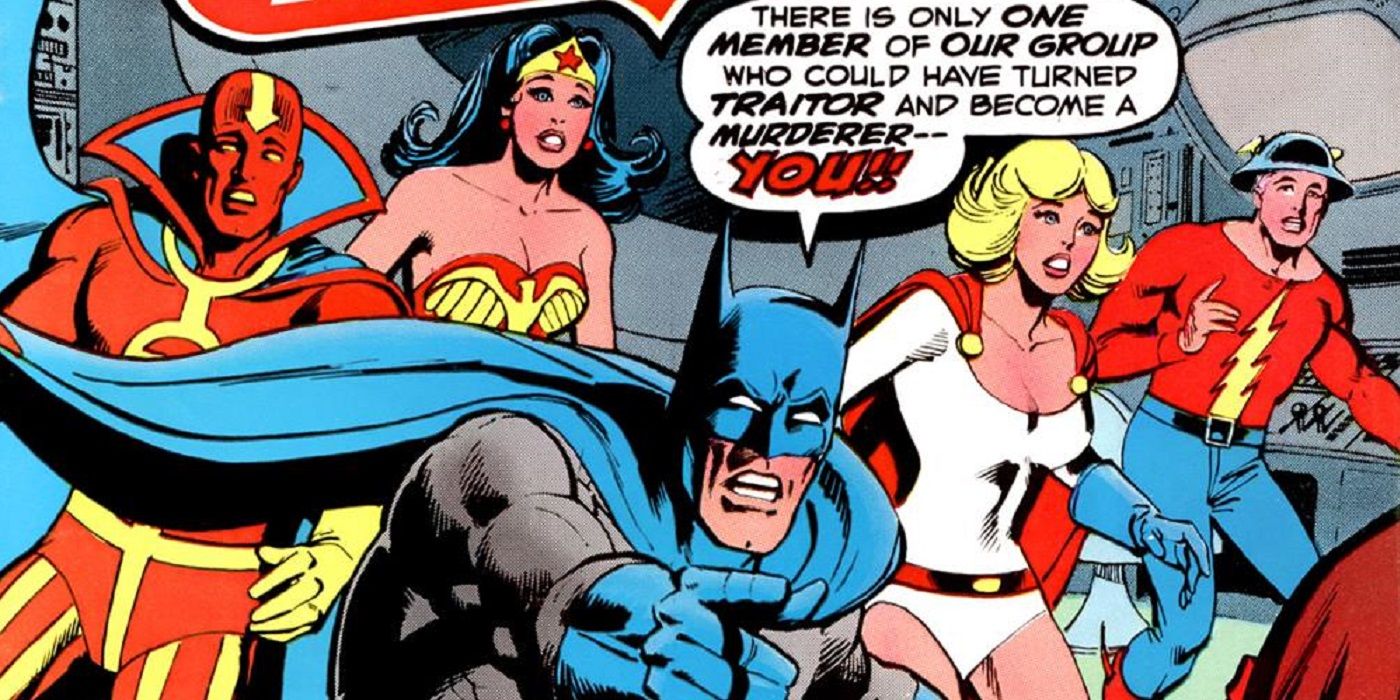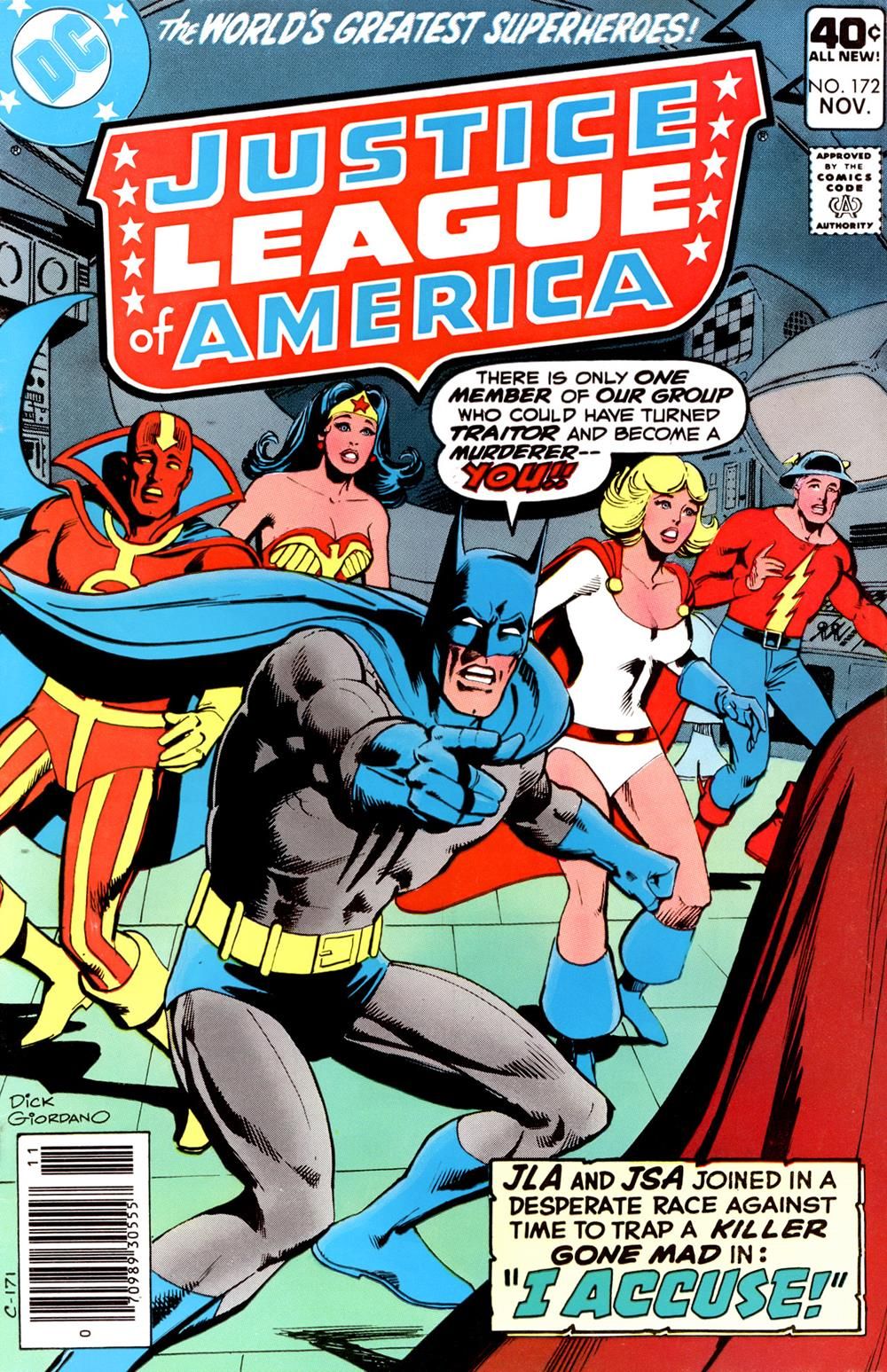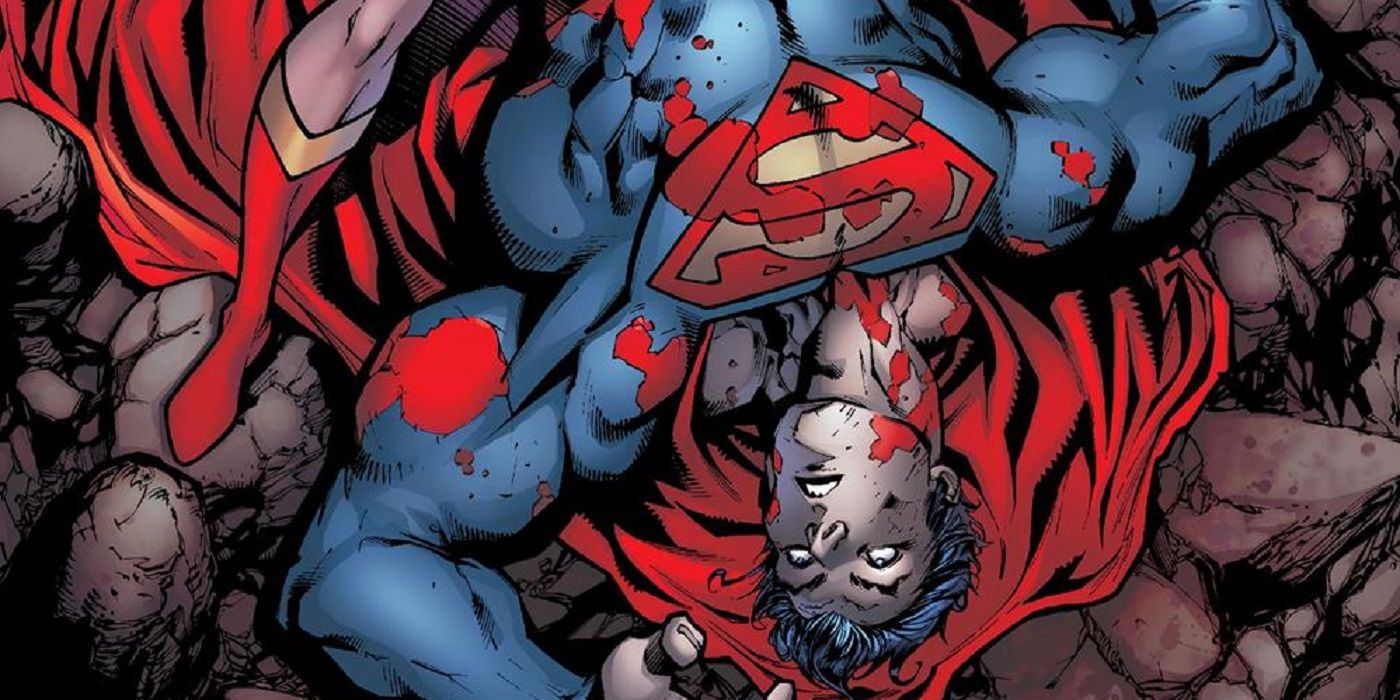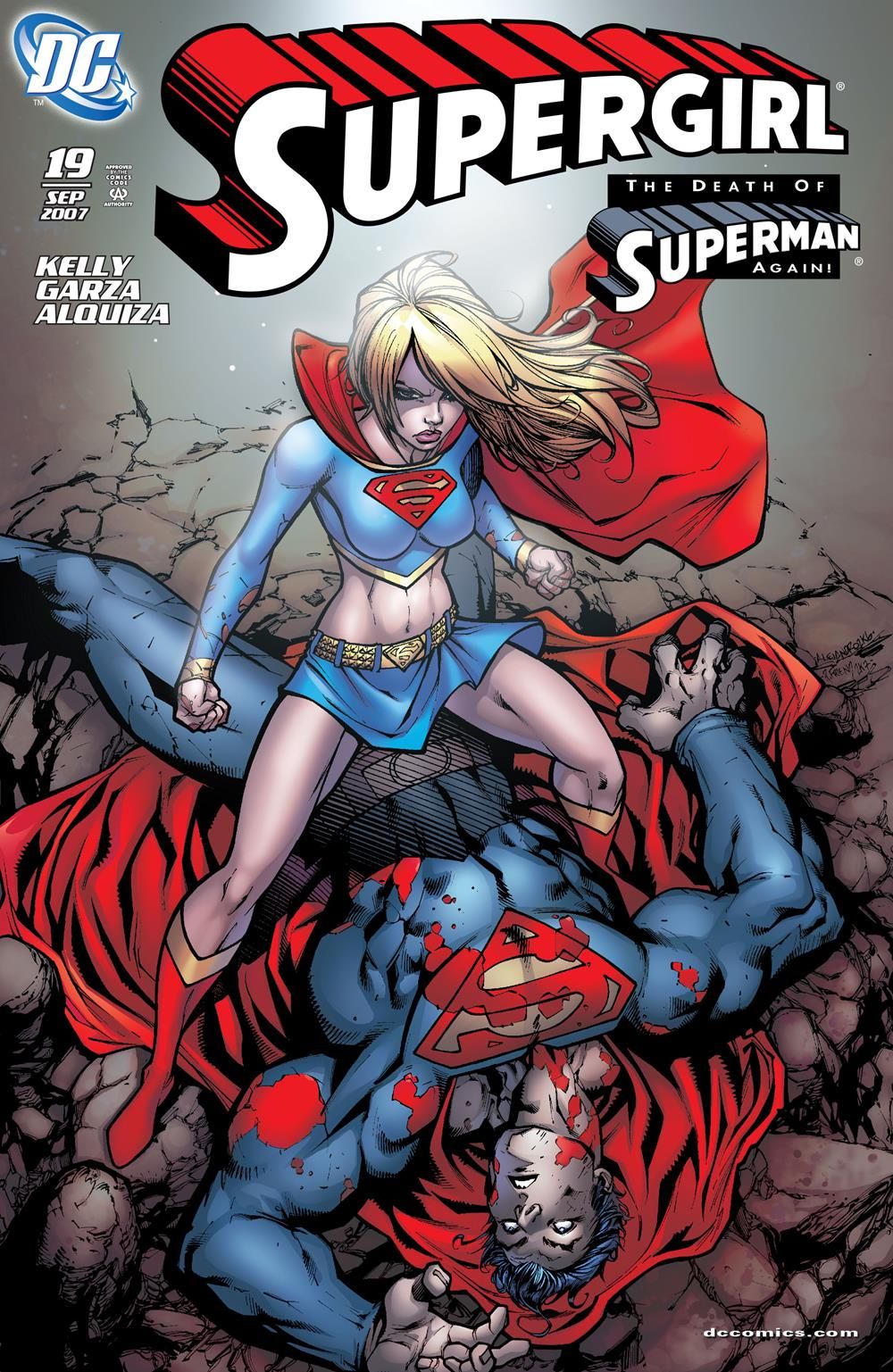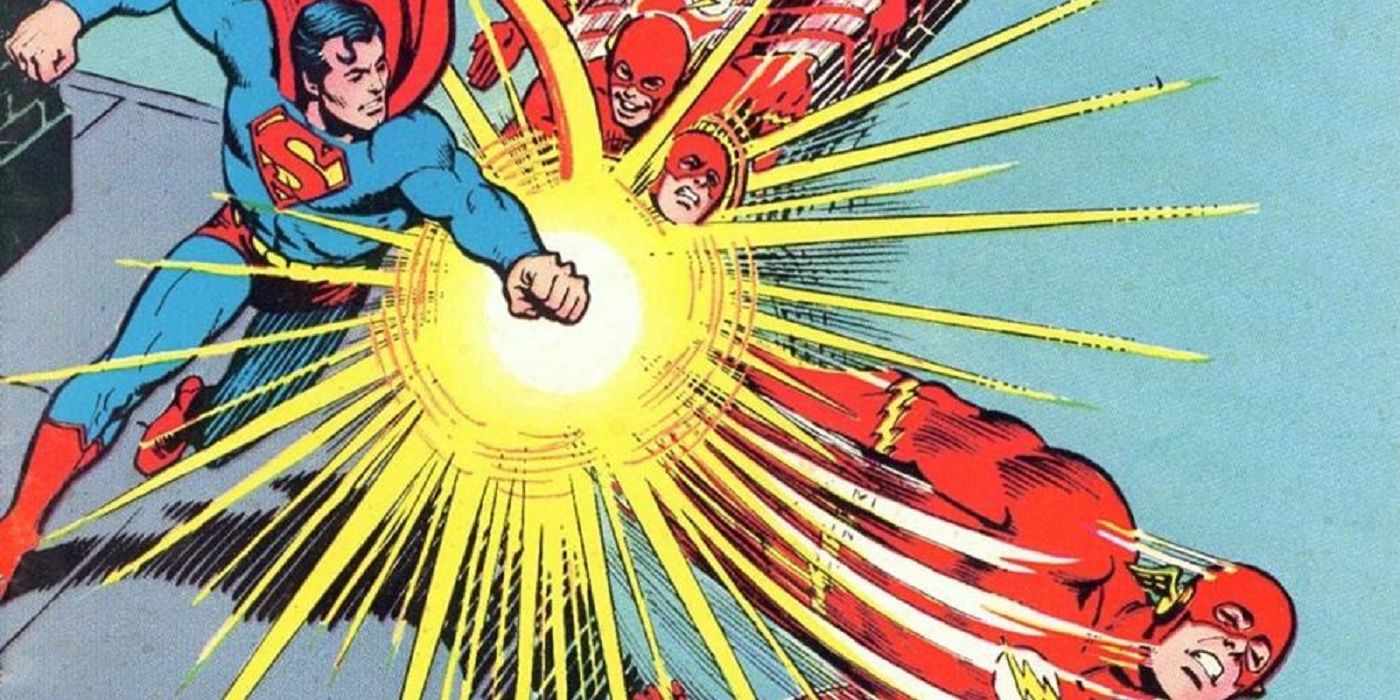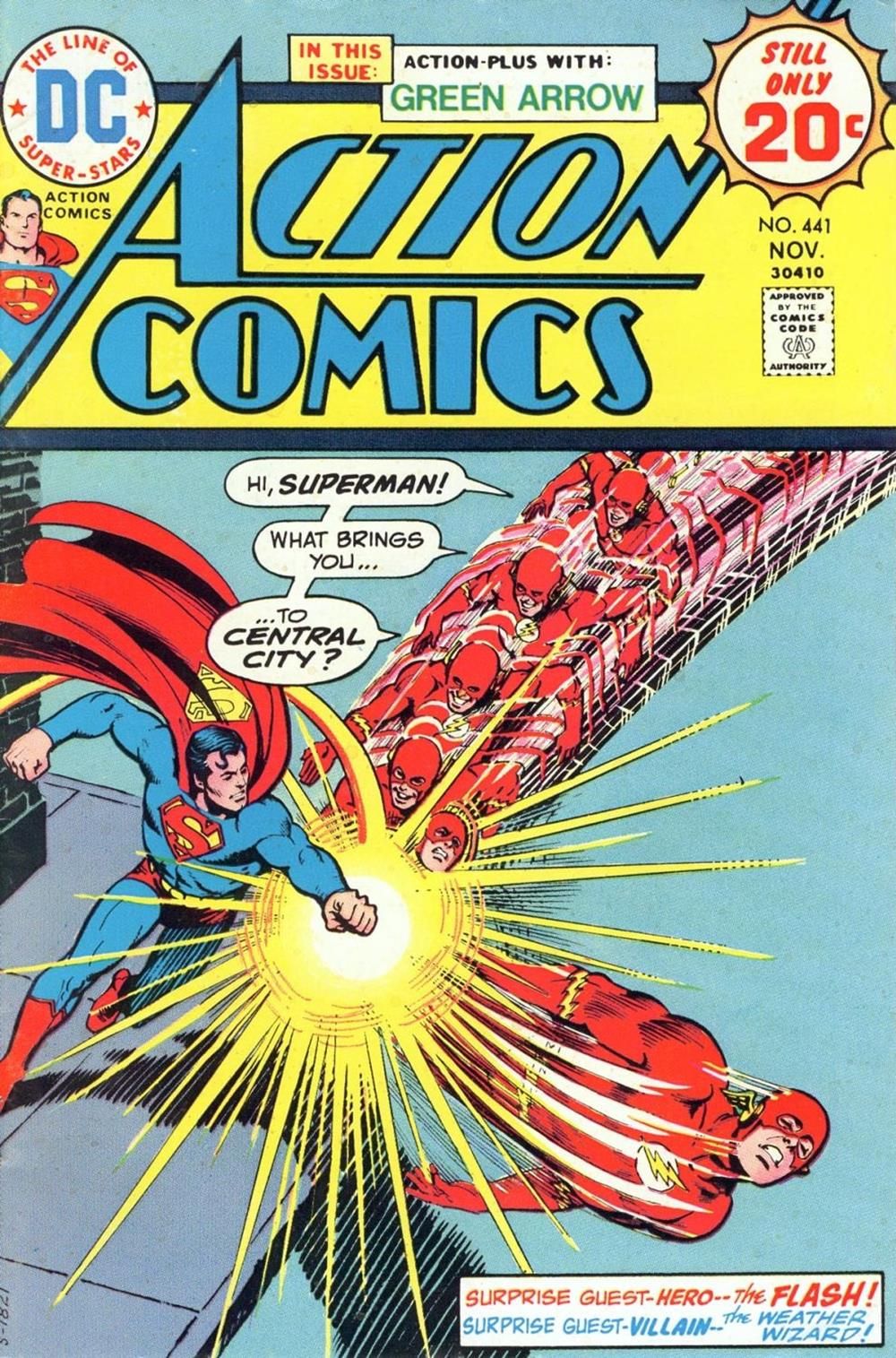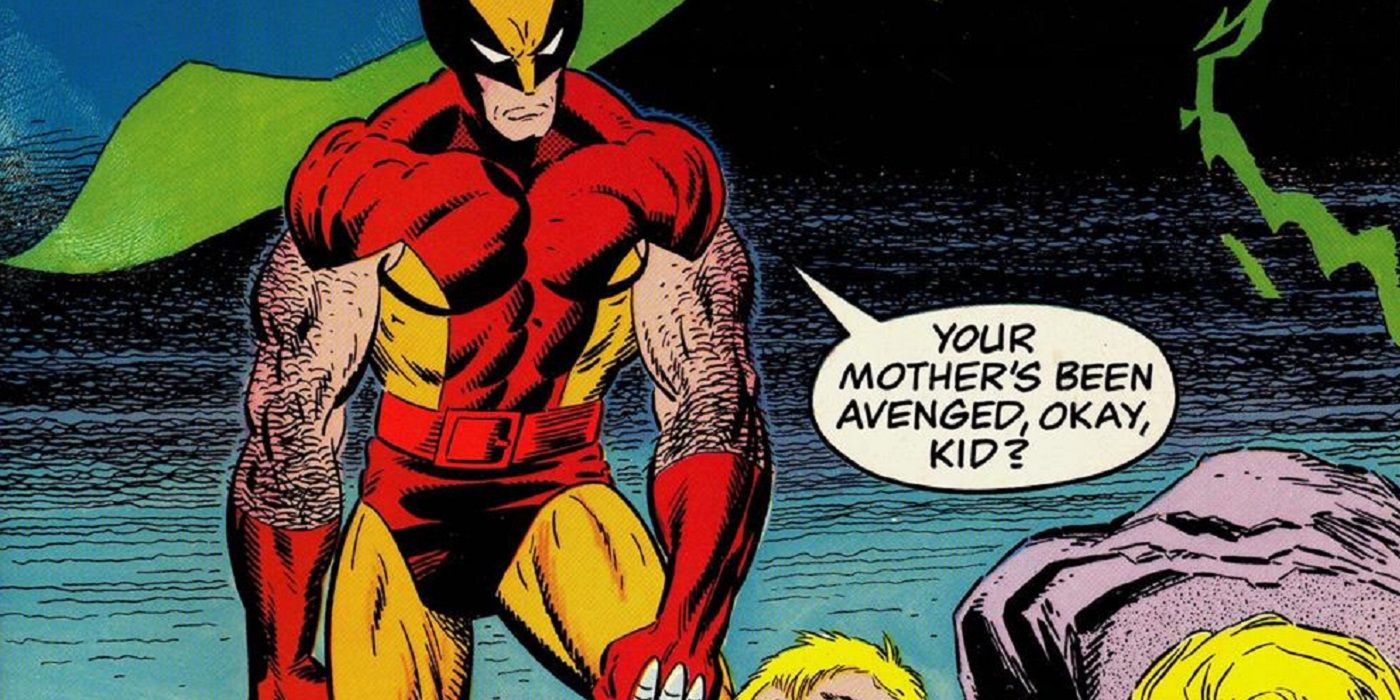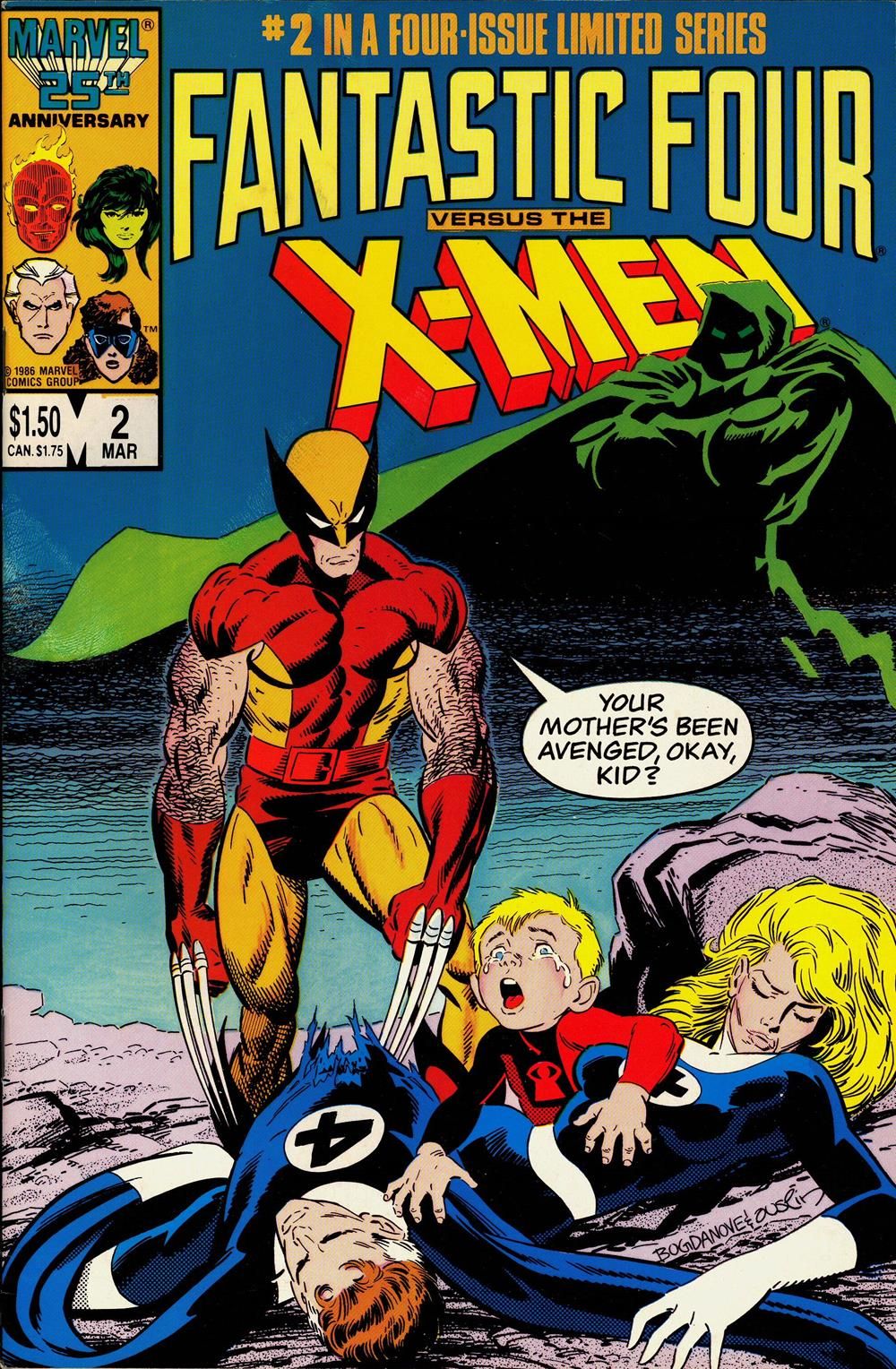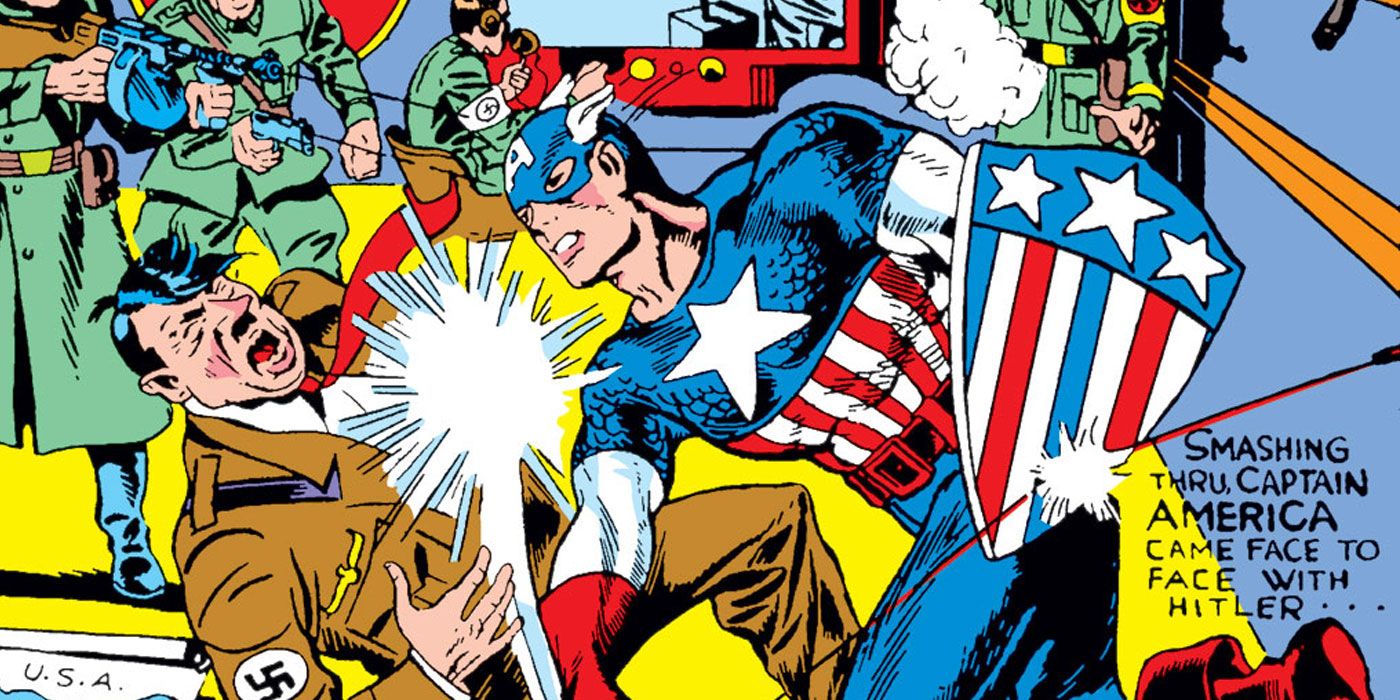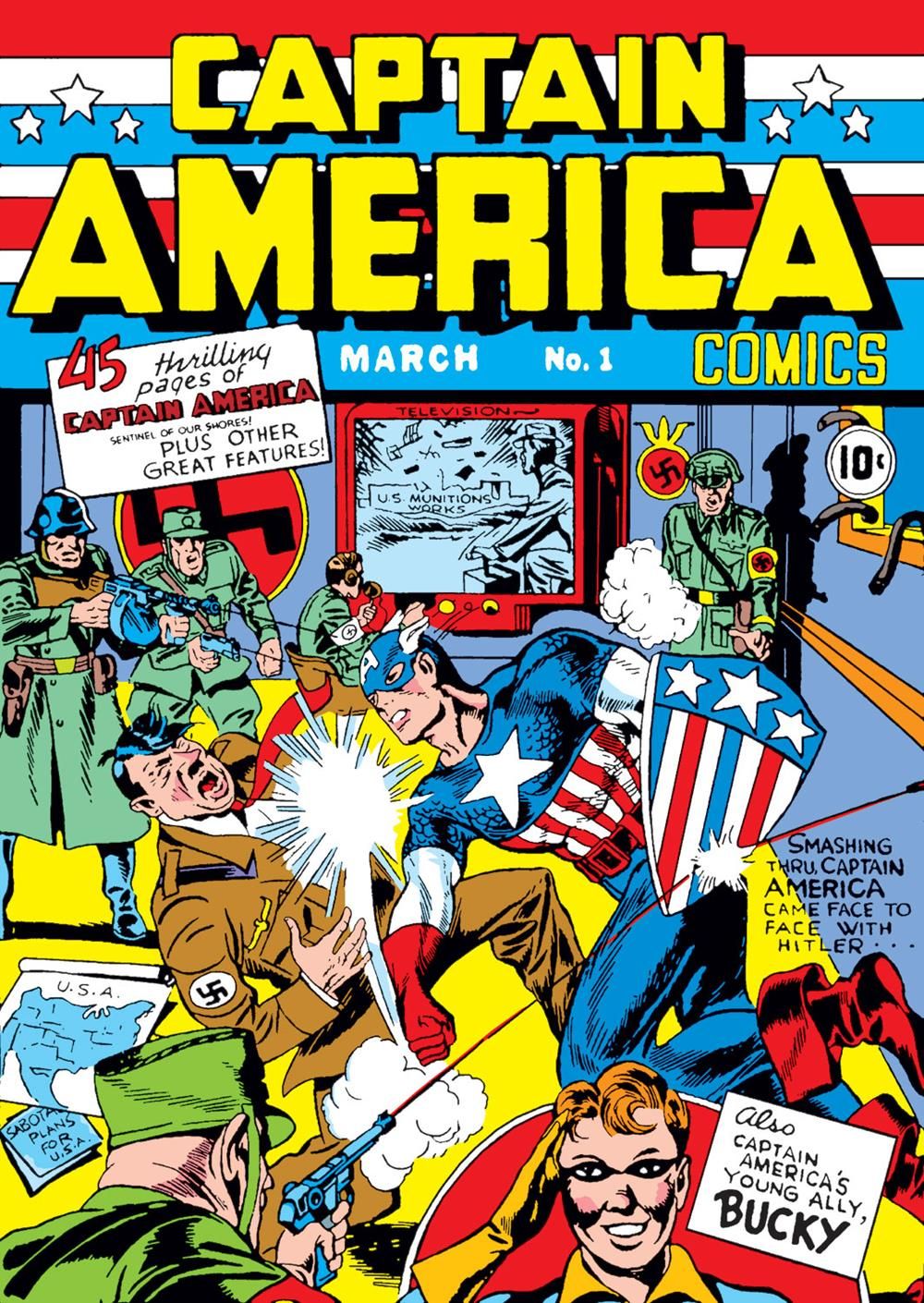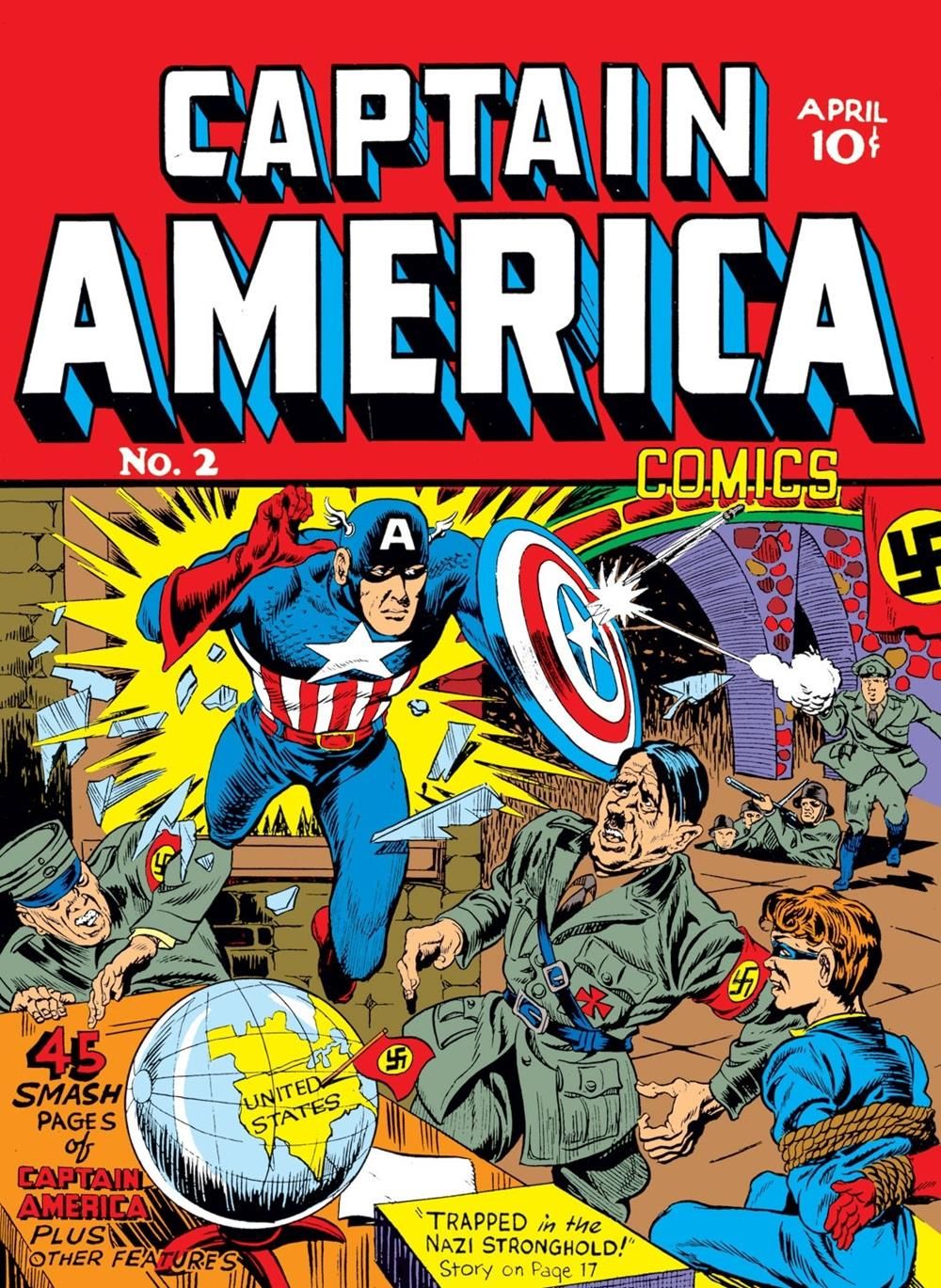Clearly, comic book covers are designed, first and foremost, to make potential readers pick up the comic book and read it. Therefore, they often will do whatever they can to get readers to that point. In the Golden Age and during the early 21st Century, that often meant a number of pin-up covers that were clearly not intended to reflect the plot of the issue within (think Batman and Robin swinging on the cover of Batman #1 or nearly every Amazing Spider-Man cover by J. Scott Campbell).
RELATED: Cheesecake Factory: The Most SCANDALOUS Comic Art Of All Time
Later, DC Comics editors like Julius Schwartz and Mort Weisinger, coined the idea of having a shocking cover first and then a story based on the cover. These covers would then almost always be misleading. However, they would typically not be technically false. Like, if the cover showed Superman killing Lois Lane, the inside of the book would reveal that it was all a plot to trick some bad guys. Stuff like that. However, sometimes comic book covers just outright "lie" about what is inside the comic book. Here are 15 of the most notable examples of fraudulent floppy facades.
HONORABLE MENTION
Green Lantern #74 narrowly avoided the list because it didn't technically lie, but it was so misleading that we wanted to still take a moment to spotlight it here. The issue was part of a storyline where Green Lantern (Kyle Rayner) and his allies took on Grayven, allegedly a son of Darkseid. Kyle was fighting alongside former Green Lantern John Stewart and Kyle's girlfriend, Donna Troy, who were both members of the Darkstars. The cover asks, "Who will die?"
This is exactly the kind of explosively misleading cover and headline that we've come to know, expect and (let's be honest here) secretly kind of love. The answer to the question this cover posits is, of course, "None of them." While technically an accurate response to such a question, that's still playing dirty. Well played.
15 AMAZING SPIDER-MAN #324
One of Marvel's first experiments in bi-weekly releases of their comic books came in 1988 with their two highest-selling titles, Uncanny X-Men and Amazing Spider-Man. It was a success, so they repeated it in 1989 with "The Assassin Nation Plot" by David Michelinie and Todd McFarlane (who somehow drew 11 of the 12 bi-weekly issues of Amazing Spider-Man that came out while he was on the title!).
The story was about someone trying to cause a war between the United States and Symkaria (Silver Sable's home country) by framing the U.S. for the murder of the Symkarian Prime Minister. Silver Sable enlisted Captain America and Spider-Man to help her prove the truth. Sable and Cap traveled to Symkaria where they learned that Sabretooth did the killing. However, Spider-Man was stuck back in the States, so there was no Spider-Man/Sabretooth confrontation in the comic at all.
14 AMAZING SPIDER-MAN #694
As part of the 50th anniversary of Spider-Man in 2012, Dan Slott and Humberto Ramos introduced a brand-new hero, Alpha, a young teen from Midtown High (Peter Parker's alma mater) that gained a great deal of power. However, unlike Spider-Man, Alpha did not have the great responsibility to go with his great power. At the end of the three-part storyline, Spider-Man ultimately decides that the young hero was not ready for his great power.
However, despite the cover (which is an homage of the classic cover of Superman vs. The Amazing Spider-Man by Carmine Infantino, Ross Andru, Dick Giordano and Neal Adams), the two heroes do not actually fight in the issue. Spider-Man just takes away his powers without him knowing what's going on and then simply informs him that he is done as a hero.
13 DAREDEVIL #179
During his legendary run on Daredevil, Frank Miller (working with Klaus Janson -- Miller did breakdowns and then Janson would finish the pencils on the breakdowns and then ink them) has a number of iconic covers on the series. Daredevil #179 is definitely high on that list; in fact, we had it in the top ten of the greatest Daredevil covers of all-time).
However, while Daredevil and Elektra certainly do fight in the given issue (as Daredevil tries to prevent Elektra from carrying out her assigned hit on Daily Bugle reporter Ben Urich), the fight does not go the way that the cover depicts, as Daredevil's costume does not end up torn up at all, let alone dangling from Elektra's sai. The cover was clearly more symbolic than anything else.
12 SPECTACULAR SPIDER-MAN #199
Symbolism was also the reason behind the misleading cover for Spectacular Spider-Man #199 by Sal Buscema. The issue was the final part of a three-part team-up between Spider-Man and the original members of the X-Men (or, as we figure many 1990s readers saw it, a reunion of X-Factor) as they took on a villain, Professor Power, who first showed up in a Marvel Team-Up between Spider-Man and Professor X years earlier (in an issue also written by the writer of this issue, J.M. DeMatteis).
Now, not only are Spider-Man and the X-Men not knocked out in a bunch of rubble, but most importantly, Green Goblin has nothing to do with the X-Men plot. The X-Men story resolves itself about mid-way through the issue, at which point the issue sets up a Green Goblin story for the milestone 200th issue of Spectacular Spider-Man the following month.
11 FANTASTIC FOUR VS. X-MEN #3
In the miniseries, Fantastic Four vs. X-Men (by Chris Claremont, Jon Bogdanove and Terry Austin), the X-Men are forced to turn to Doctor Doom for help when they are desperate to find a way to stabilize Kitty Pryde, whose intangibility had gotten out of control after being severely injured during the "Mutant Massacre." The X-Men felt bad about dealing with Doom, but they had to after Mister Fantastic of the Fantastic Four told them that he couldn't help them.
There is no fight between the X-Men and the Fantastic Four in the issue at all, let alone a fight between the X-Men and the Fantastic Four where the X-Men wear Doctor Doom masks and try to kill Franklin Richards! Presumably, it ties in with Franklin's dreams throughout the series of the team having a terrible fight, but it's still way off base for what happened in the actual comic book.
10 ALL-NEW X-MEN #20
The premise of All-New X-Men was that the Beast brought the original X-Men (back when they were teenagers) from the past into the present. They were then stranded in the present. A recurring problem was that some of the present-day X-Men had issues with them because of what their adult versions did. For instance, due to the adult version of Cyclops killing Professor X while possessed by the Phoenix Force, people treat the younger Cyclops poorly. Wolverine, in particular, does not trust him.
That's why it was interesting to suggest that the teenaged female clone of Wolverine would make out with Cyclops, like this All-New X-Men #20 cover shows. However, that scene does not happen inside the comic (by Brian Michael Bendis, Brandon Peterson and Mahmud Asrar). She just gives him a chaste comforting hug when he's feeling bad.
9 QUASAR #29
The character of "Her" was introduced as a counterpart to "Him" (who later became Adam Warlock). She was designed to be his perfect mate. However, when she showed up on Earth, she discovered that Adam Warlock was dead. This sent her off into outer space, directionless. She ended up back on Earth in the early 1990s after Adam Warlock had been resurrected, but was shocked that he had no interest in mating with her. So, she sought out some of the strongest heroes on Earth to procreate with her, with her plan for the male heroes to have the possible kids!
The cover of Quasar #29, which homages the famous 1991 Vanity Fair cover featuring a naked and pregnant Demi Moore, shows Quasar pregnant, but inside the actual issue (by Mark Gruenwald, Greg Capullo and Harry Candelario), the male heroes have cocoons placed on them. Alas, they were not impregnated themselves, but what an image!
8 AVENGERS ASSEMBLE #7
In 2012, Marvel launched a special Avengers series, Avengers Assemble, that would star the same characters who were starring in the then-upcoming Avengers film. So Captain America, Iron Man, Thor, Black Widow, Hawkeye and Hulk all together on one team, taking on some of the biggest threats in the Marvel Universe. The opening story arc showed the Avengers taking on the Mad Titan, Thanos (with the Guardians of the Galaxy re-introduced, as well, in this story).
However, despite the cover showing Thanos with the Infinity Gauntlet and all of the Infinity Gems, not only does Thanos not have either the Gauntlet or the gems in the comic (by Brian Michael Bendis, Mark Bagley and Danny Miki), but his goal was not even to get them. Instead, he was after the Cosmic Cube!
7 GUARDIANS OF THE GALAXY #15
Brian Michael Bendis launched the Guardians of the Galaxy into their own ongoing series in 2013 ahead of the news that the Guardians were going to get their own film adaptation. Bendis mixed things up and added some Earth-bound superheroes to the group, with Iron Man and Venom fist joining and Captain Marvel being a later addition. How she joined the team, though, was pretty funny. At the end of Guardians of the Galaxy #14, Star-Lord is captured by his father, who father mocks Peter, telling him that no one is coming to save him. We then cut to see that Captain Marvel is flying on the way.
So, the cover of Guardians of the Galaxy #15 saying "And now...Captain Marvel" seemed to make a lot of sense... except for the fact that she is not actually in the issue at all! She doesn't arrive until the next issue!
6 GHOST RIDER #10
In the 1970s, a common term that would pop up in Marvel Comics from time to time was the "Dreaded Deadline of Doom." This was what they called it when a comic was running late and they had to substitute a reprint comic in its place. Jim Shooter later had them bank a number of "inventory" stories that could work as last second fill-ins. While last minute reprints were normal enough occurrences, sometimes they were so last minute that the covers couldn't be changed in time.
Thus, you get Ghost Rider #10's cover showing Ghost Rider facing the Hulk when the inside of the comic was a reprint of the Ghost Rider's origin. A similar example was Fantastic Four #180, whose cover did not match the Fantastic Four #101 reprint inside the book. Luckily, comics don't do reprint fill-in stories anymore.
5 JUSTICE LEAGUE OF AMERICA #172
Justice League of America #172 was the final part of the regular Justice League/Justice Society crossover. In the first part of the story, Justice Society member Mister Terrific was murdered and it appeared as though someone on one of the two teams killed him! On the cover of the final part of the story, Batman is shown accusing someone of being the killer. Note that there are a whole bunch of superheroes between the two teams, so it could have been any one of them except, of course, the heroes who were behind Batman as he pointed to the killer. So, who was the killer?
It was Jay Garrick, who is clearly shown to be behind Batman when he points out the killer! Garrick, of course, was not really a killer, but he had been temporarily possessed by the villainous Spirit King.
4 SUPERGIRL #19
When the Kryptonian version of Supergirl debuted for the first time after Crisis on Infinite Earths, she got her own title but discovered that there were some shocking things in her background. As it turned out, she was not sent to Earth to take care of her younger cousin, Superman, but rather to kill him! Or maybe not. The early issues of the Supergirl ongoing series were all over the place, as a series of different writers took over the book and each one seemed to add one thing to her background while retconning another. By Supergirl #19, she was mostly determined to not be evil.
The cover, though, suggested otherwise. She not only does not kill Superman in the comic, she doesn't even fight him at all in the comic. The two meet and hug and then go flying off together to end the issue.
3 ACTION COMICS #441
As noted earlier, covers showing Superman doing seemingly awful things were common at DC Comics, but there would always turn out to be good reasons for Superman's behavior. However, the actions depicted would actually happen. If Superman detaches Lois Lane's air tube while in outer space on the cover, that's what happened inside the comic (just with the additional revelation that he did it to save her life because there was a hole in her tube). Not so, though, with Action Comics #441.
In the comic, the Weather Wizard discovers a special "black lightning" which, if it strikes a Kryptonian, will make them murder the person next to them. The Weather Wizard lures Superman and Flash to see him and then zaps Superman with the lightning. As it turns out, however, Superman and Flash had switched costumes, so the plan failed. Superman never hits Flash in the comic.
2 FANTASTIC FOUR VS. X-MEN #2
As noted in the first entry on Fantastic Four vs. X-Men, the conflict between the X-Men and the Fantastic Four revolved around Mister Fantastic turning down a chance to help Kitty Pryde because he did not believe he had the capacity to help her with his powers in his lab. So, the X-Men turned to Doctor Doom, instead. At the same time, though, the Fantastic Four were dealing with a journal that was uncovered which suggested that Reed intentionally sent himself and his friends into the cosmic rays all those years ago, in an attempt to gain powers.
There is a fight between the X-Men and the Fantastic Four in Fantastic Four vs. X-Men #2, but Wolverine does not stab Mister Fantastic and he certainly does not tell Franklin that he has avenged his mother, especially since Invisible Woman wasn't even at the fight!
1 CAPTAIN AMERICA COMICS #1
Jack Kirby's cover to Captain America Comics #1 might be the first comic book cover to feature a superhero punching out Adolf Hitler. It caused so much controversy in the United States that Jack Kirby and Joe Simon got police protection to keep them safe from the Nazi supporters that were threatening them because of the cover, but what's interesting is that Hitler does not even appear inside the comic!
Cap doesn't even travel to Germany at all, but he does beat up some Nazi saboteurs, at least. The cover was such a sensation that Timely shamelessly copied the first cover with the cover to the second issue of the series...
This time, perhaps in response to reader complaints, Cap actually does travel to Germany and hits Hitler in a story in Captain America Comics #2!
Can you name some other comic books with covers that lied? Let us know in the comments section!

